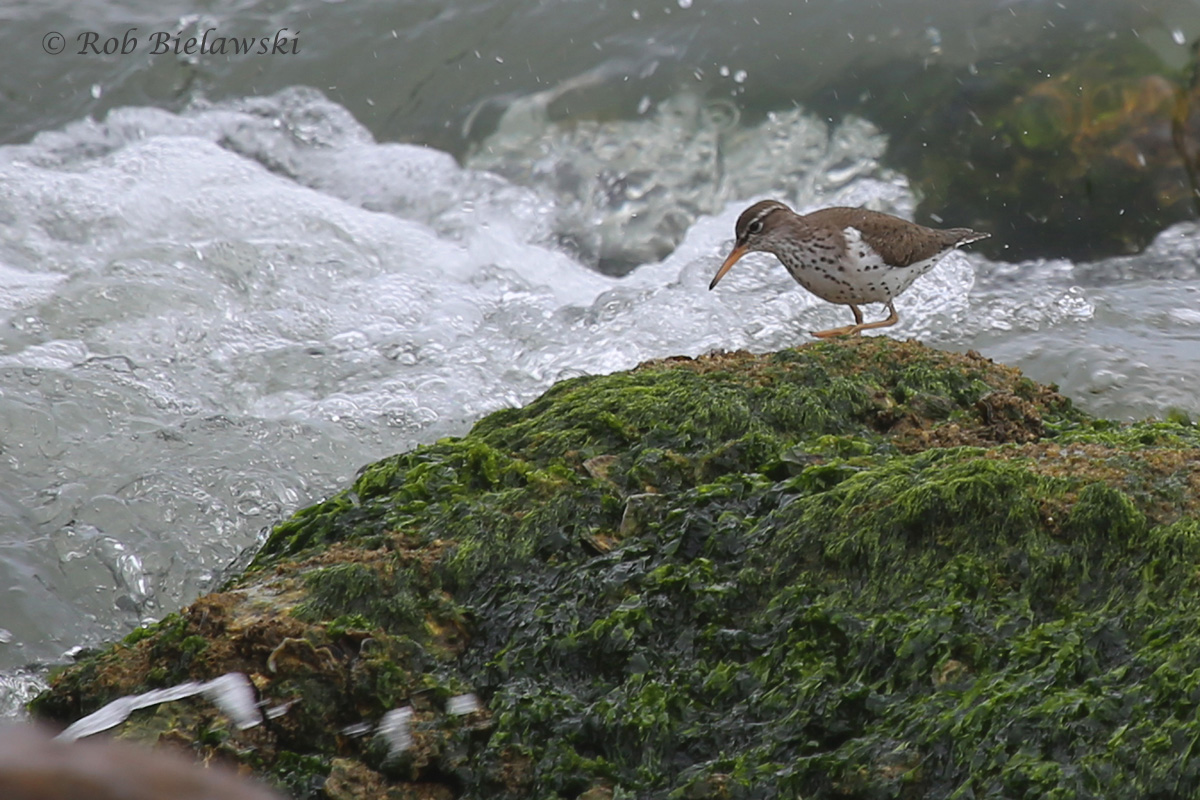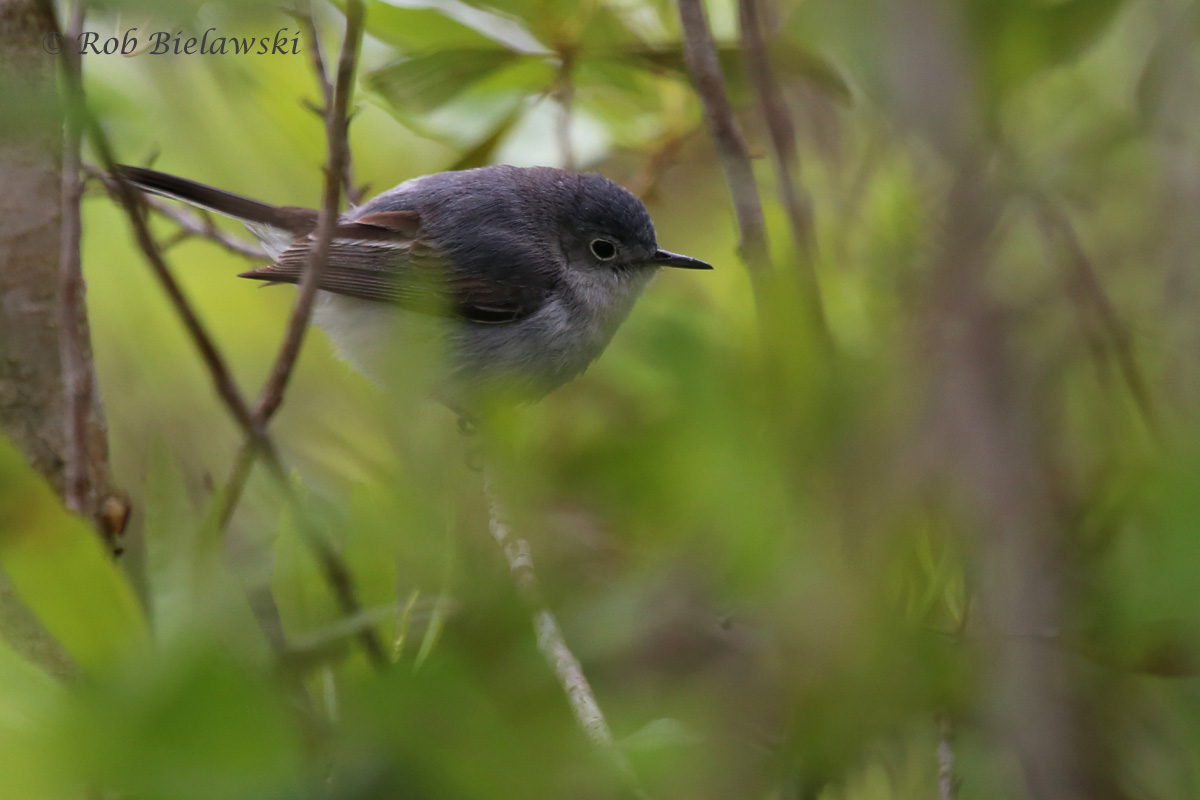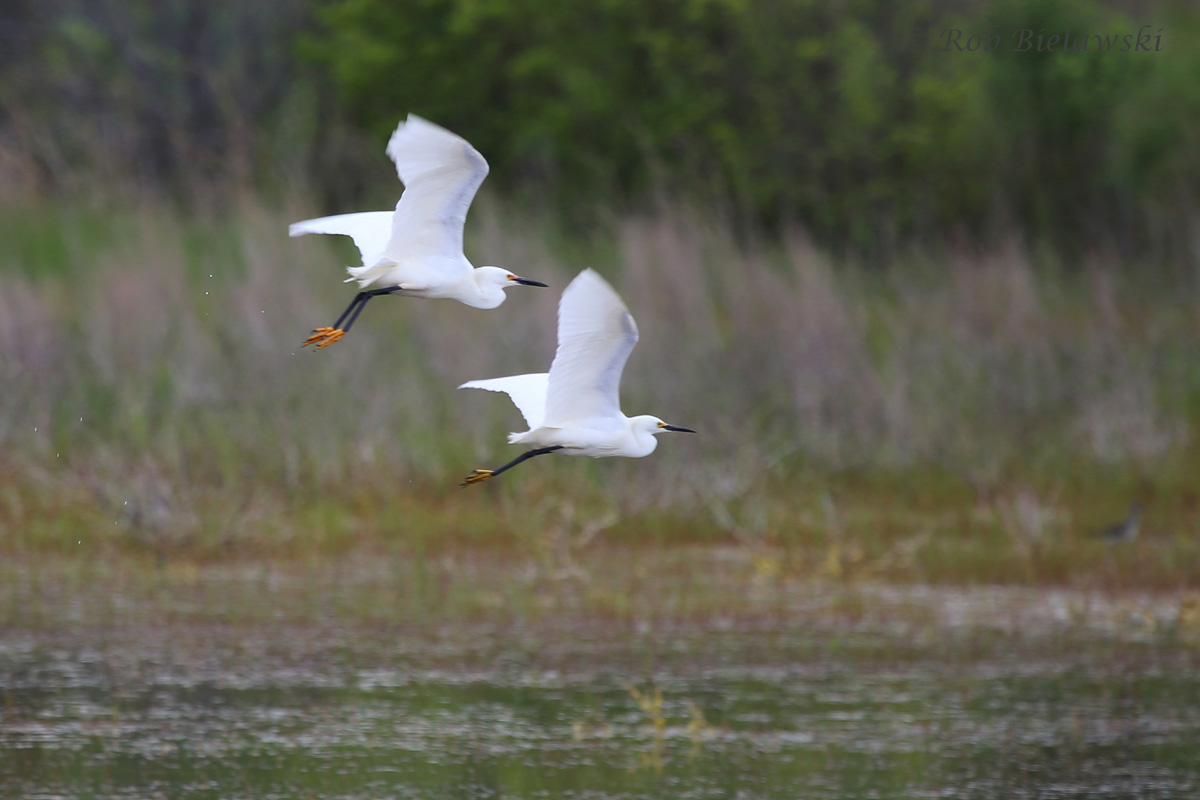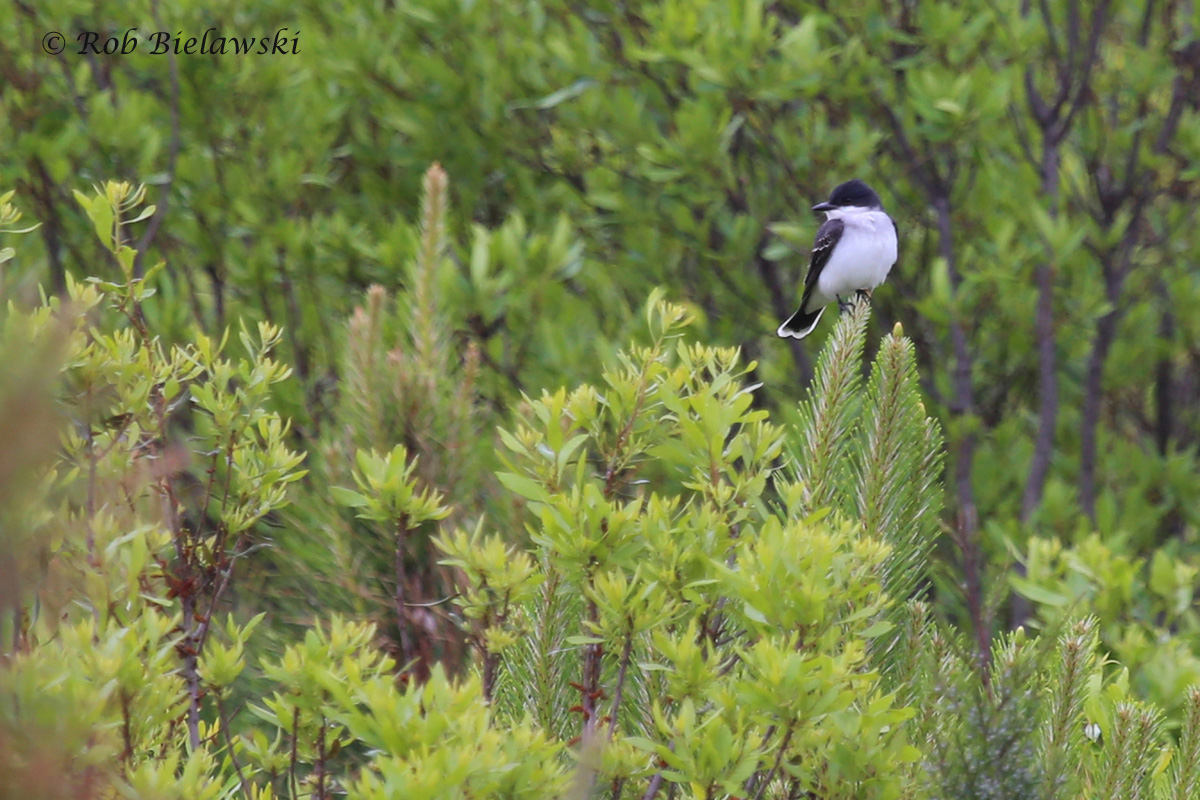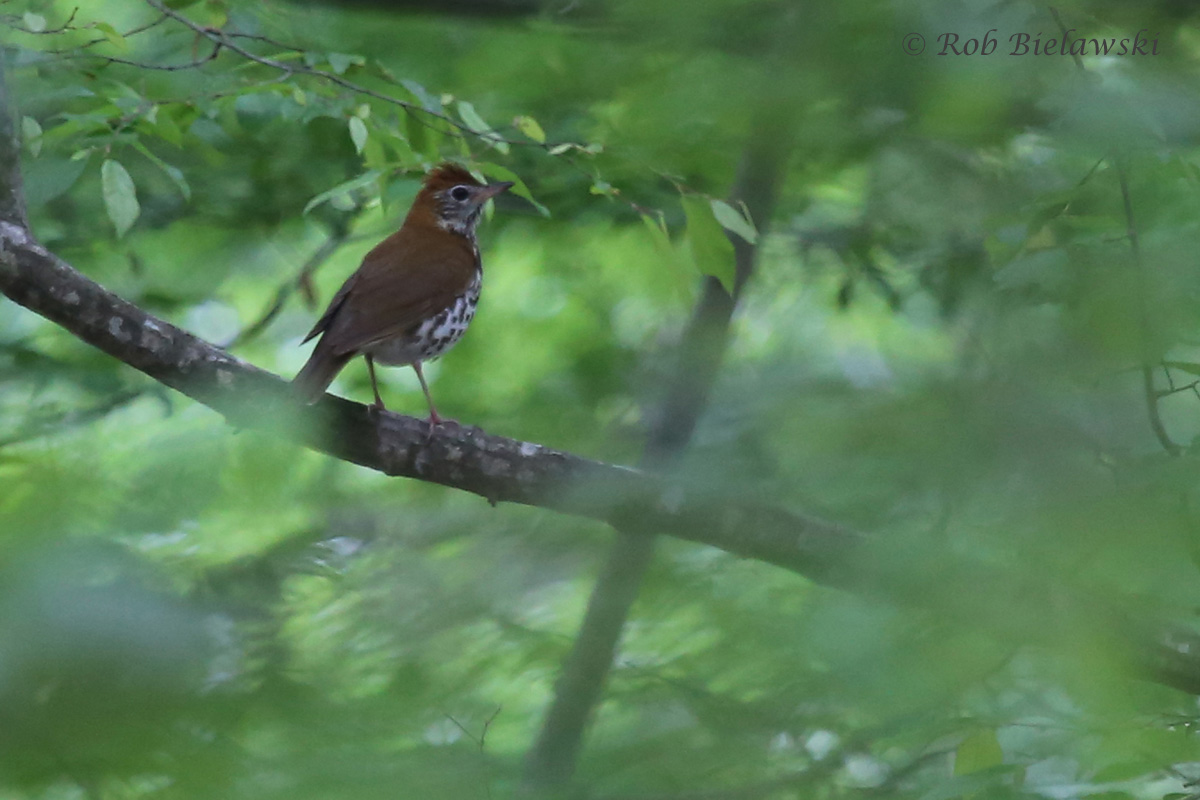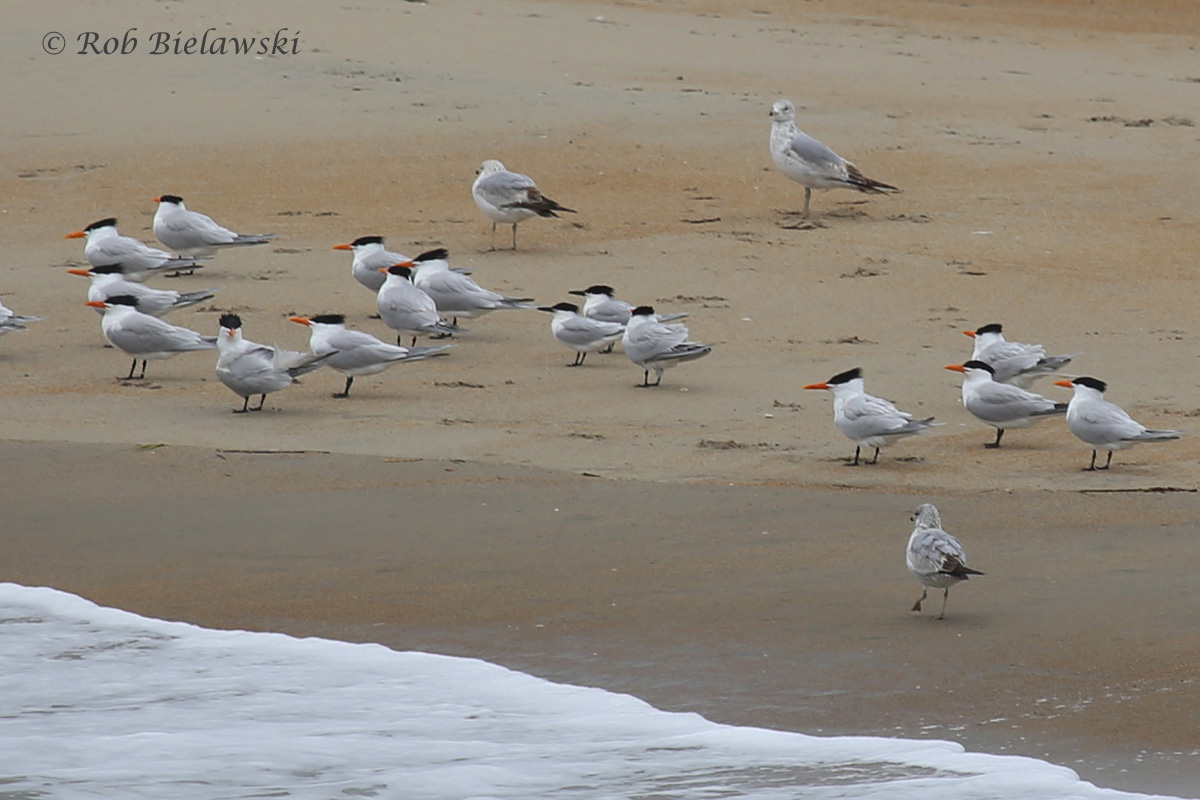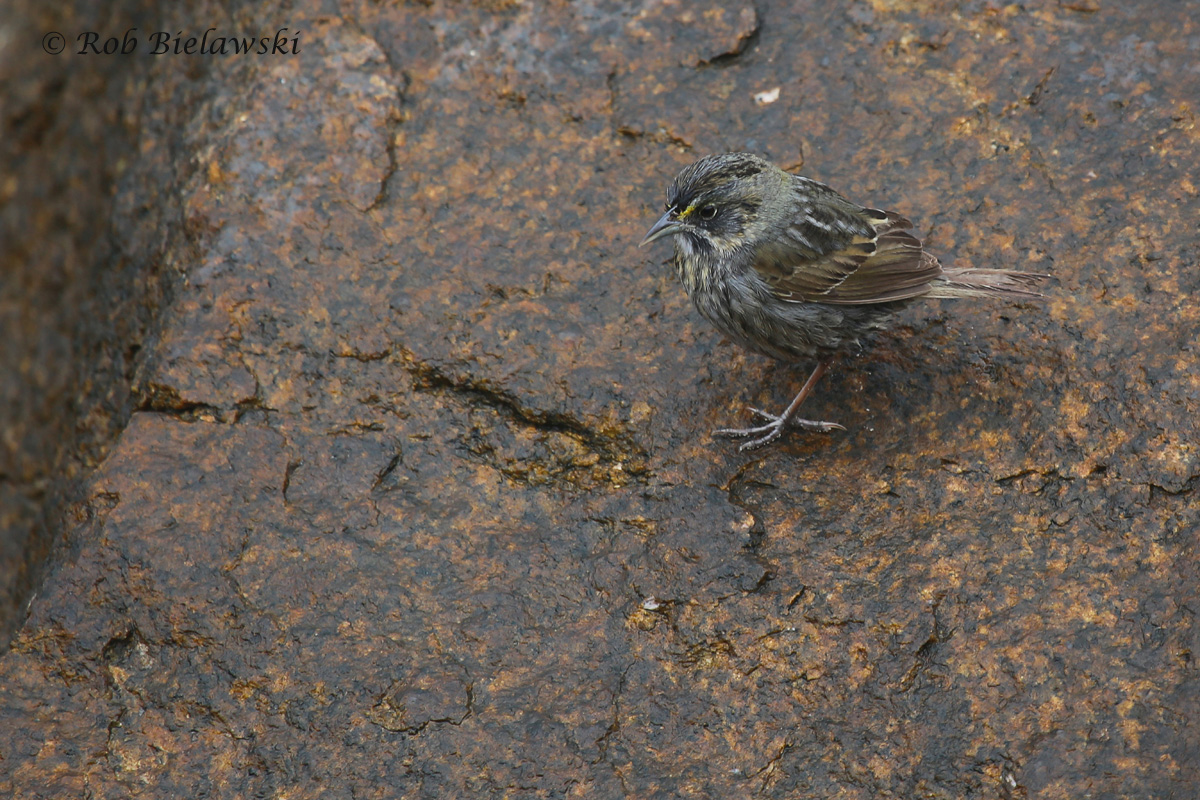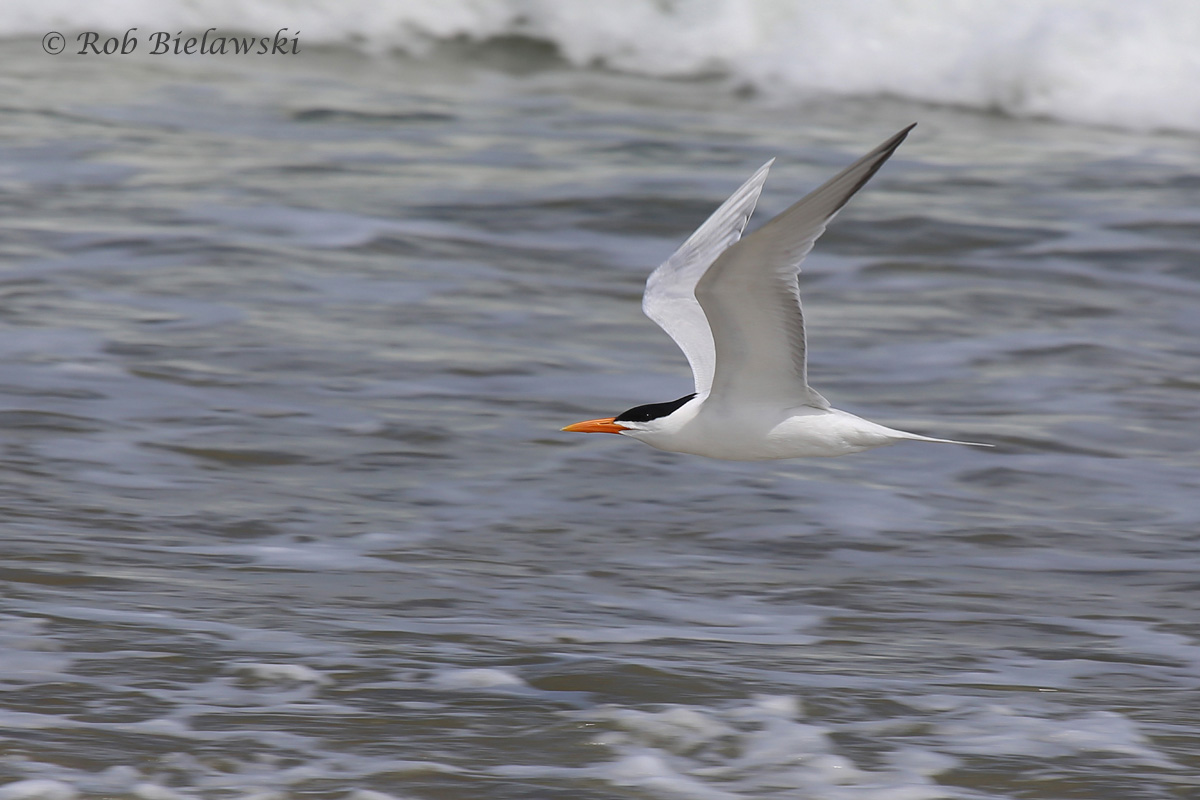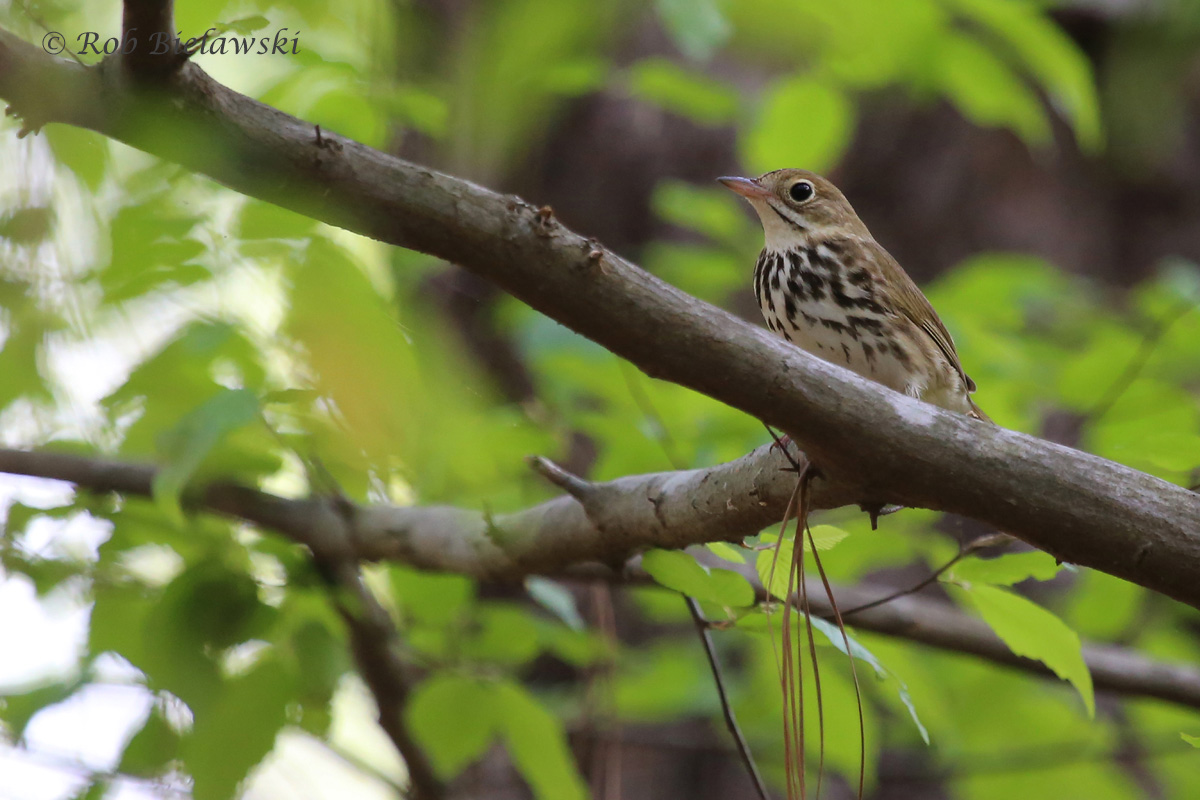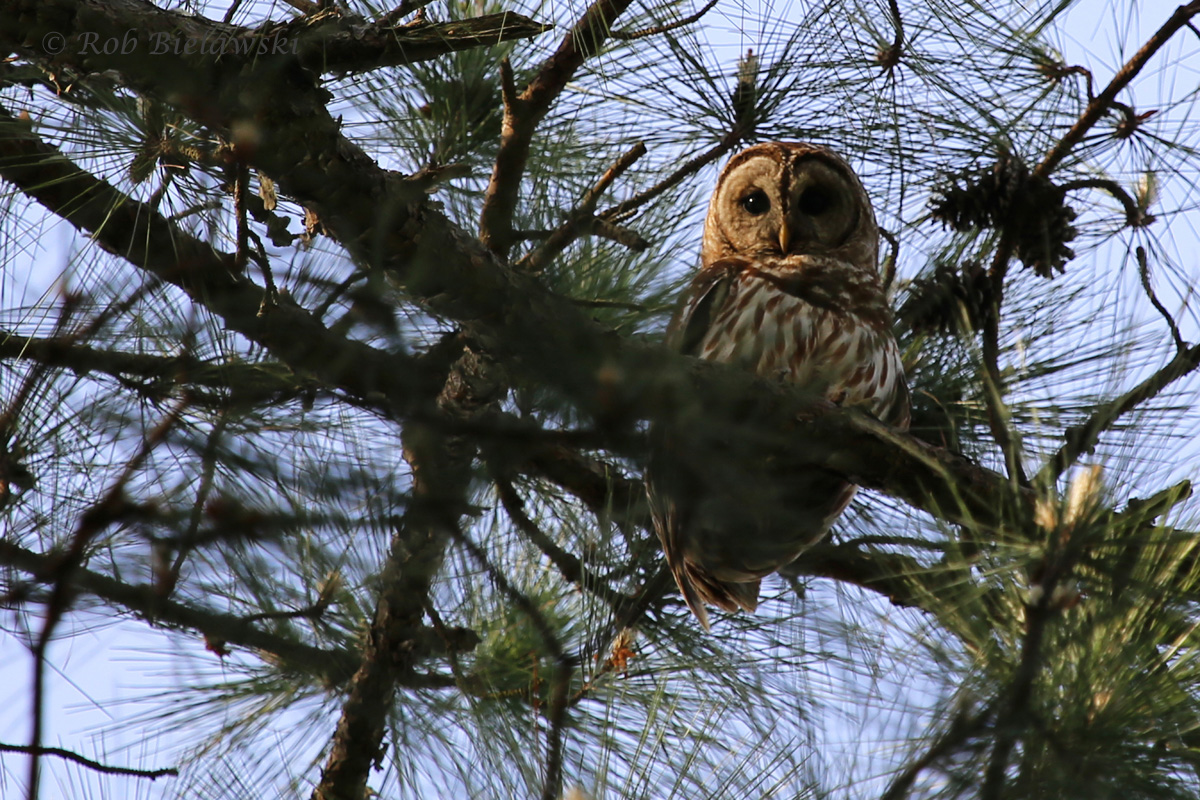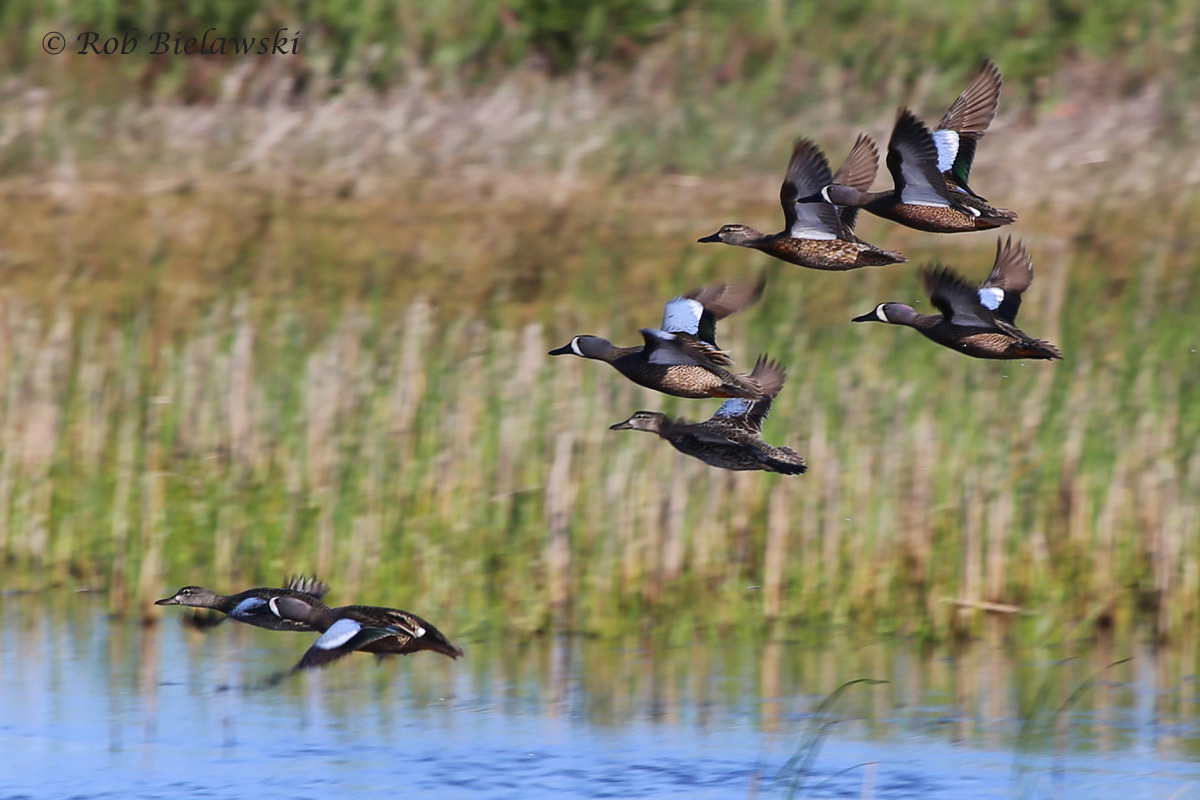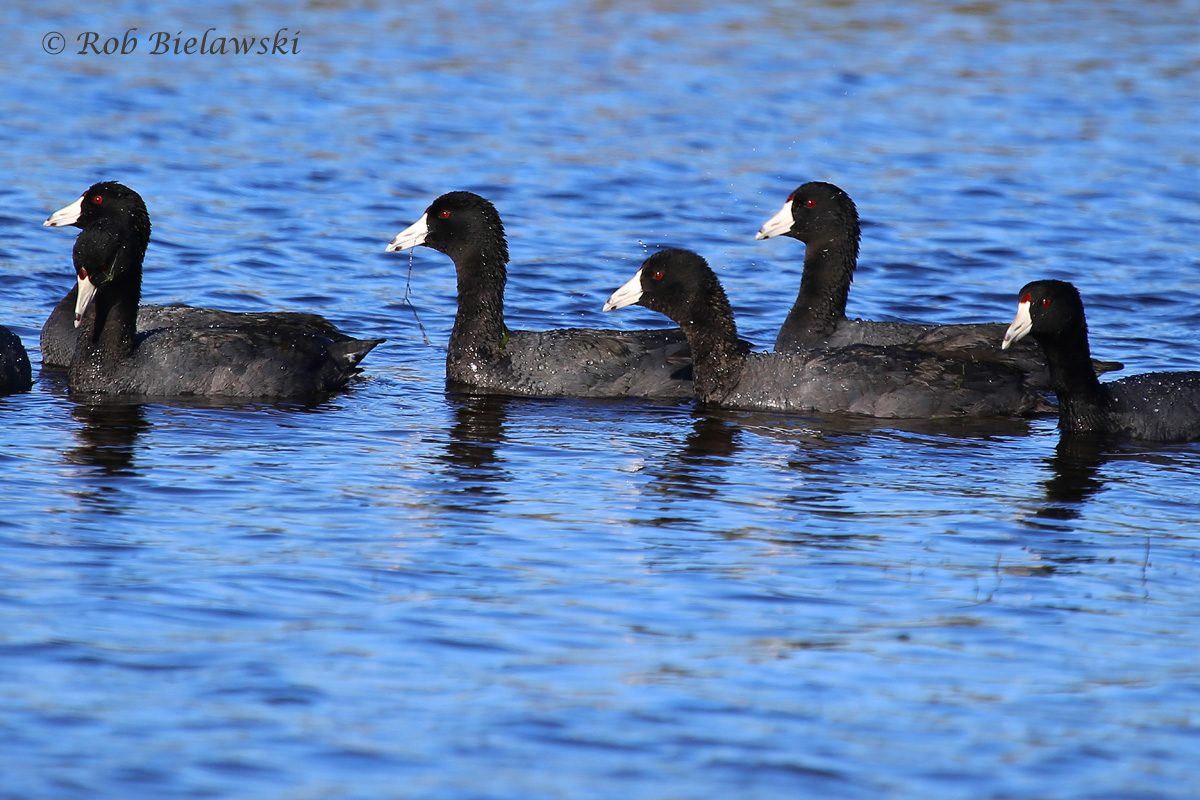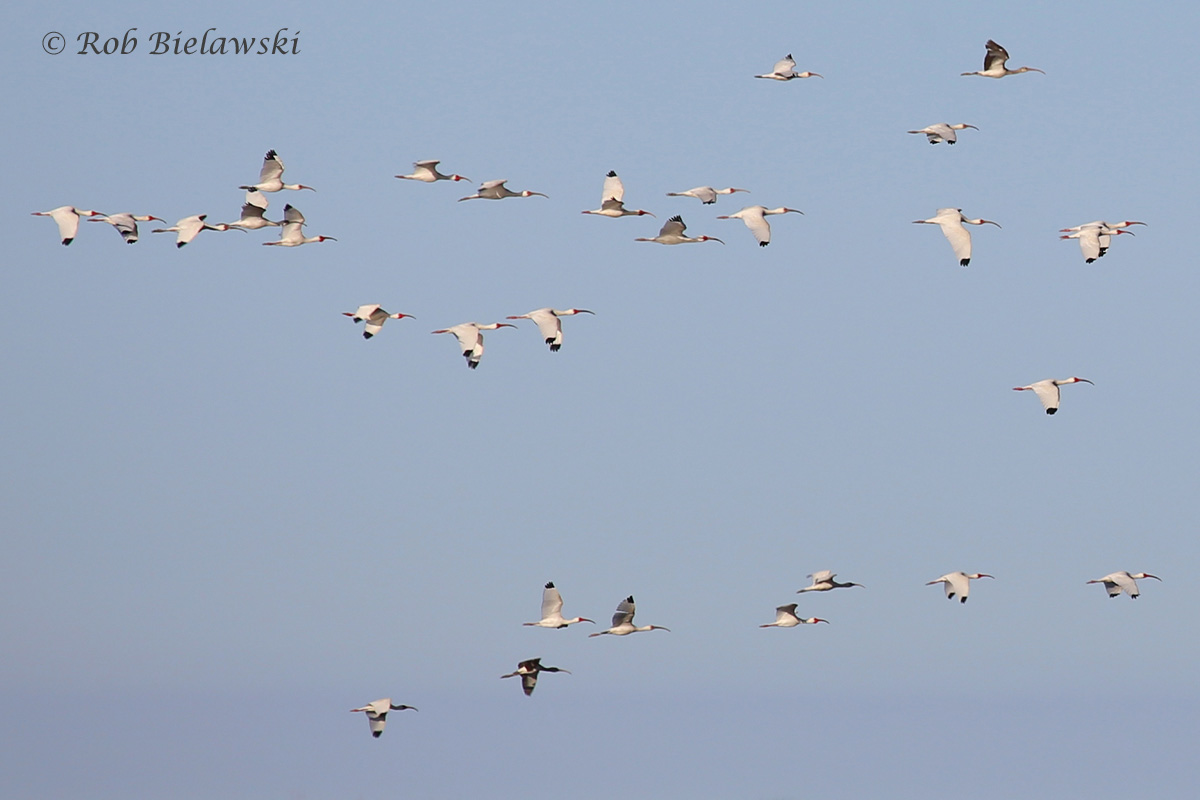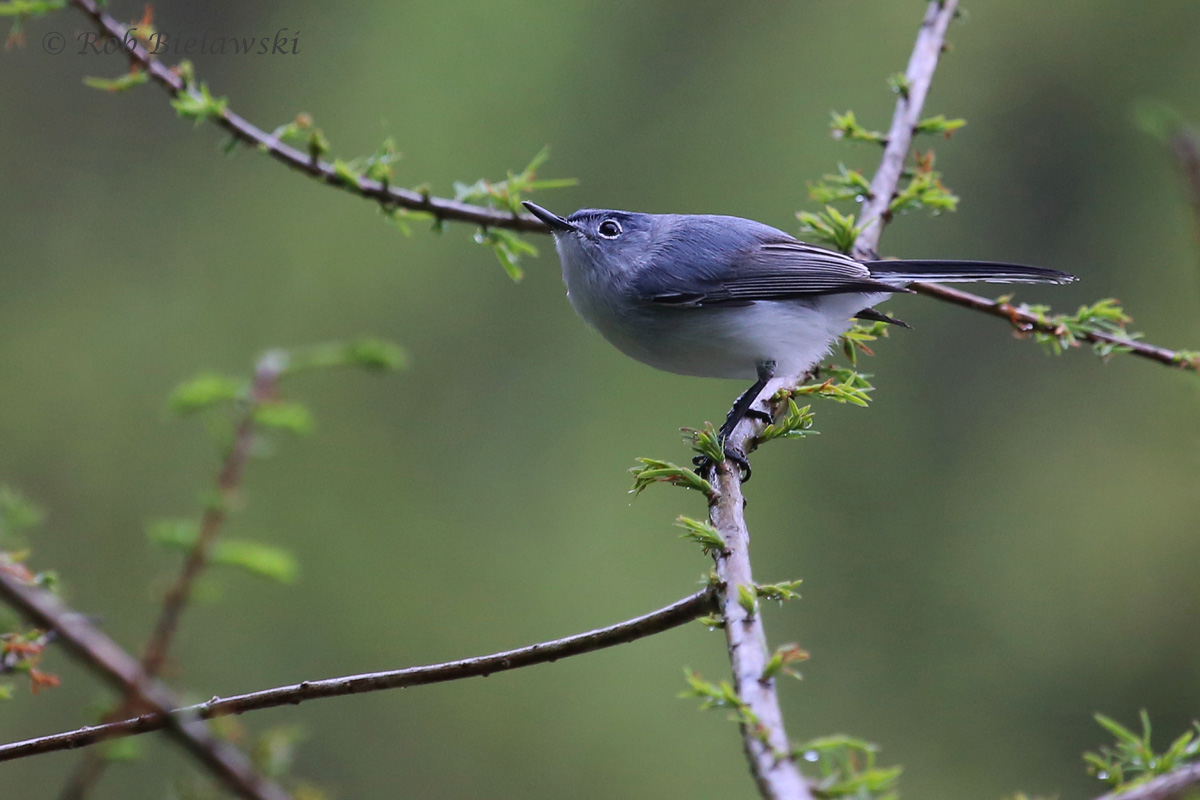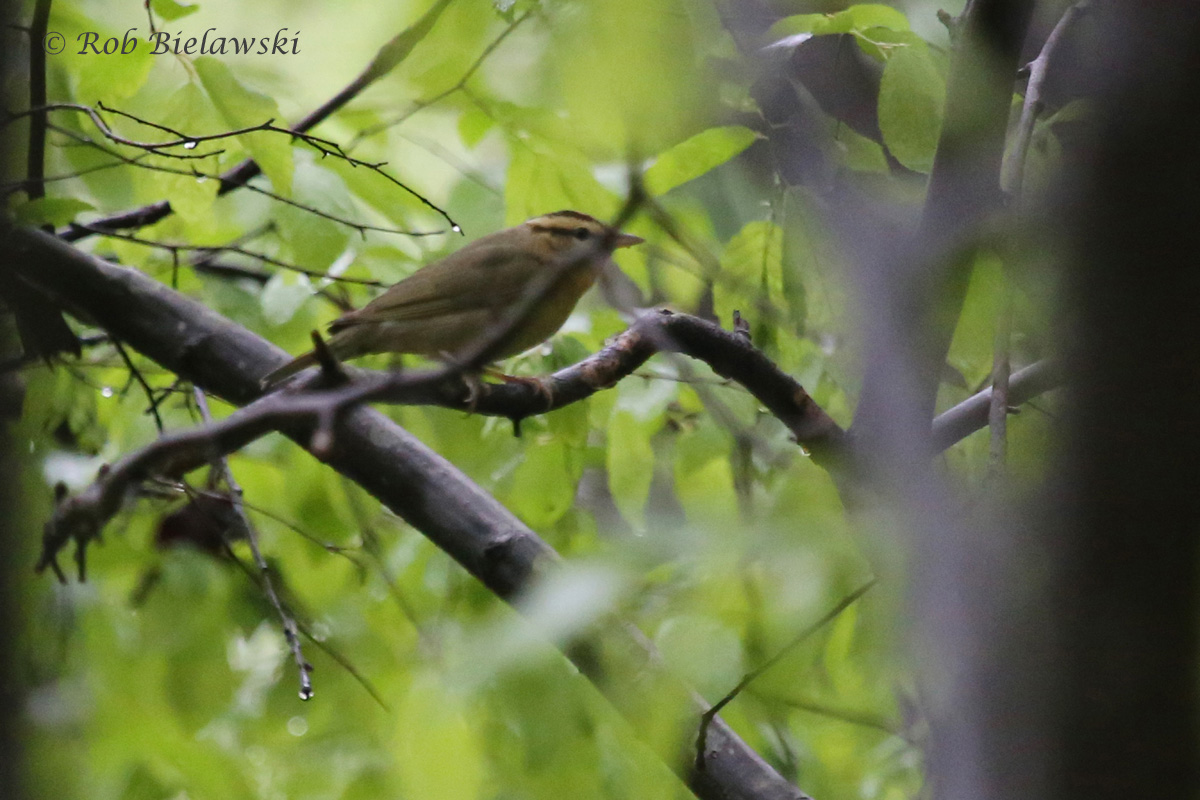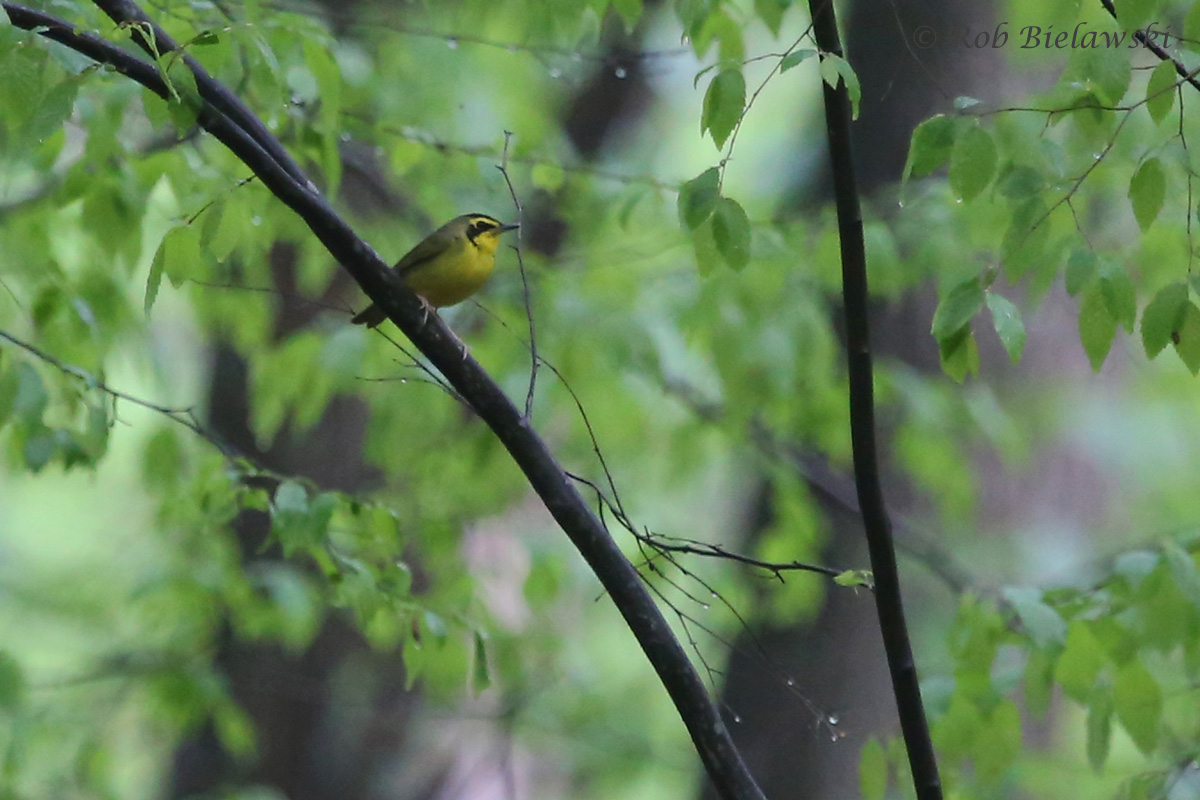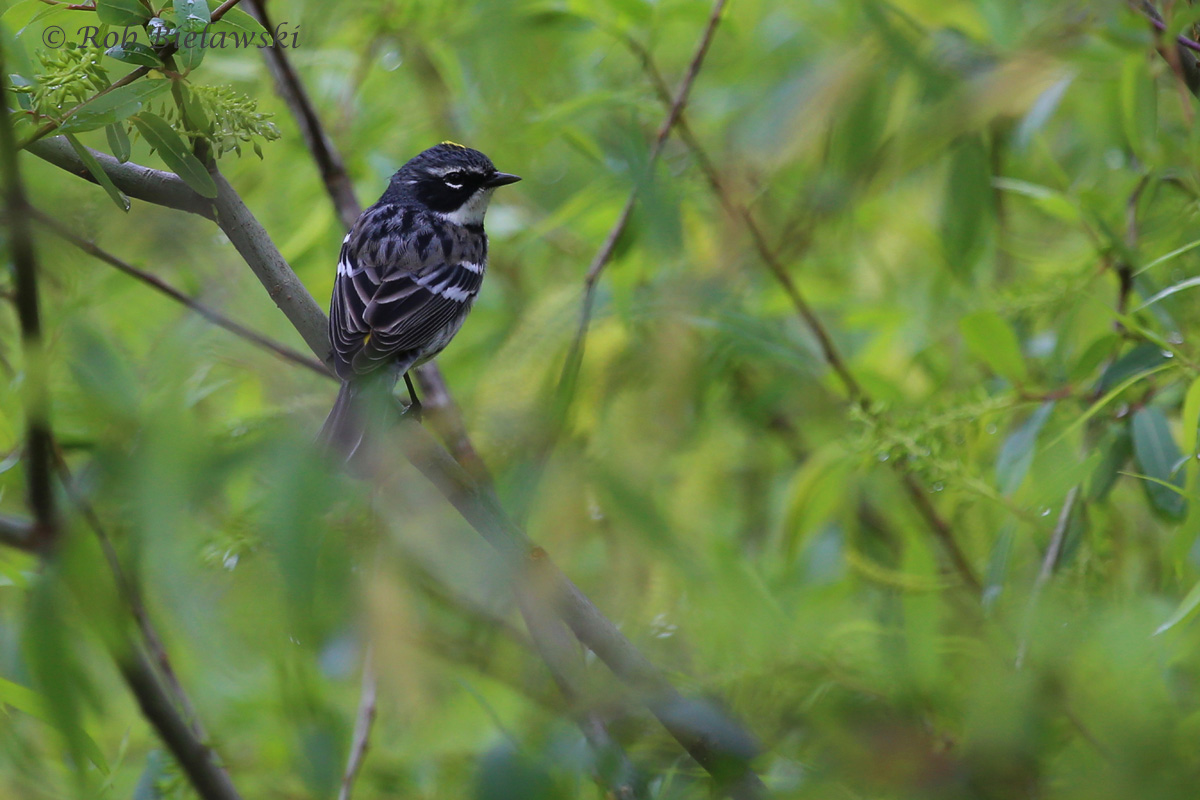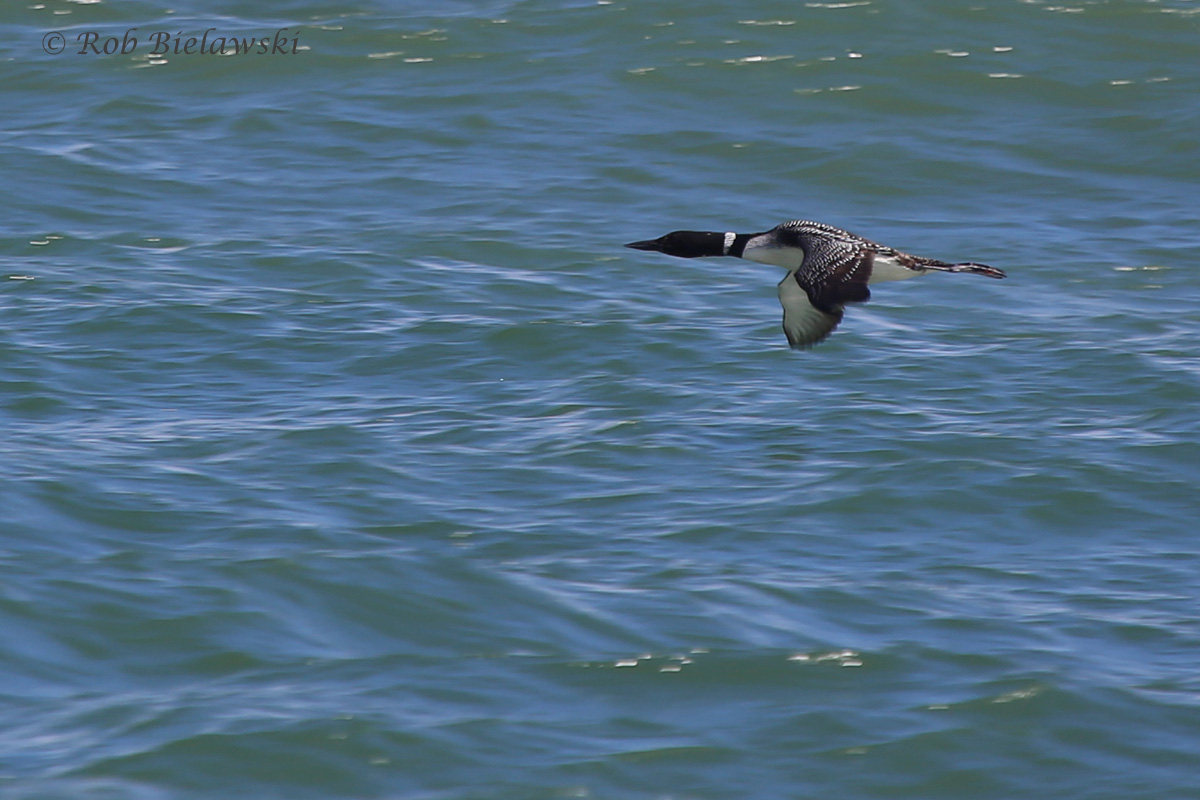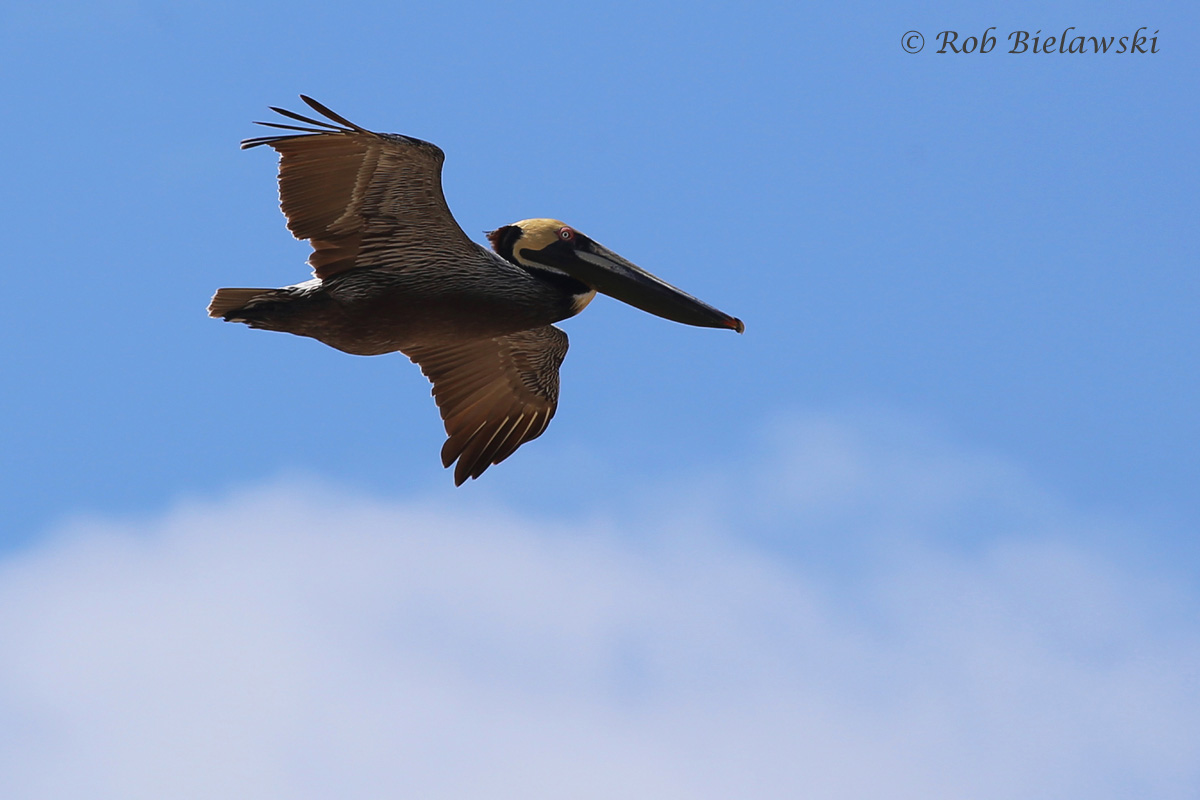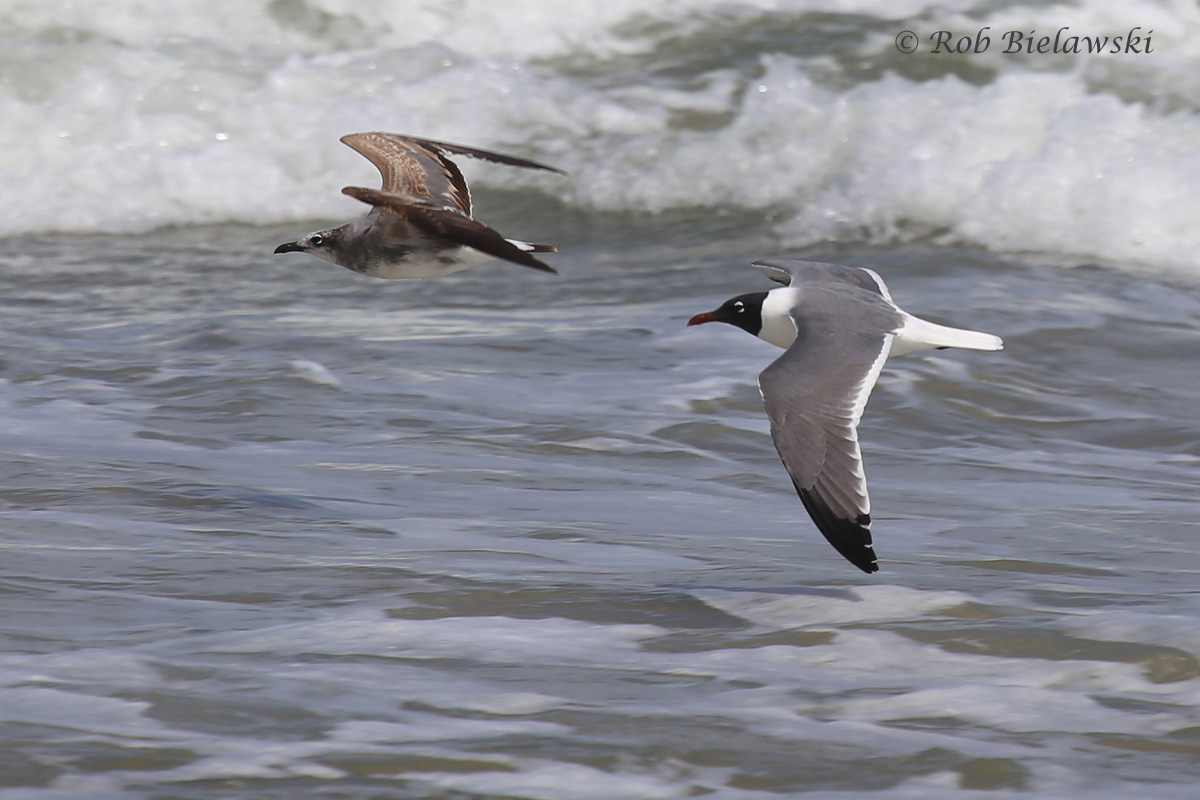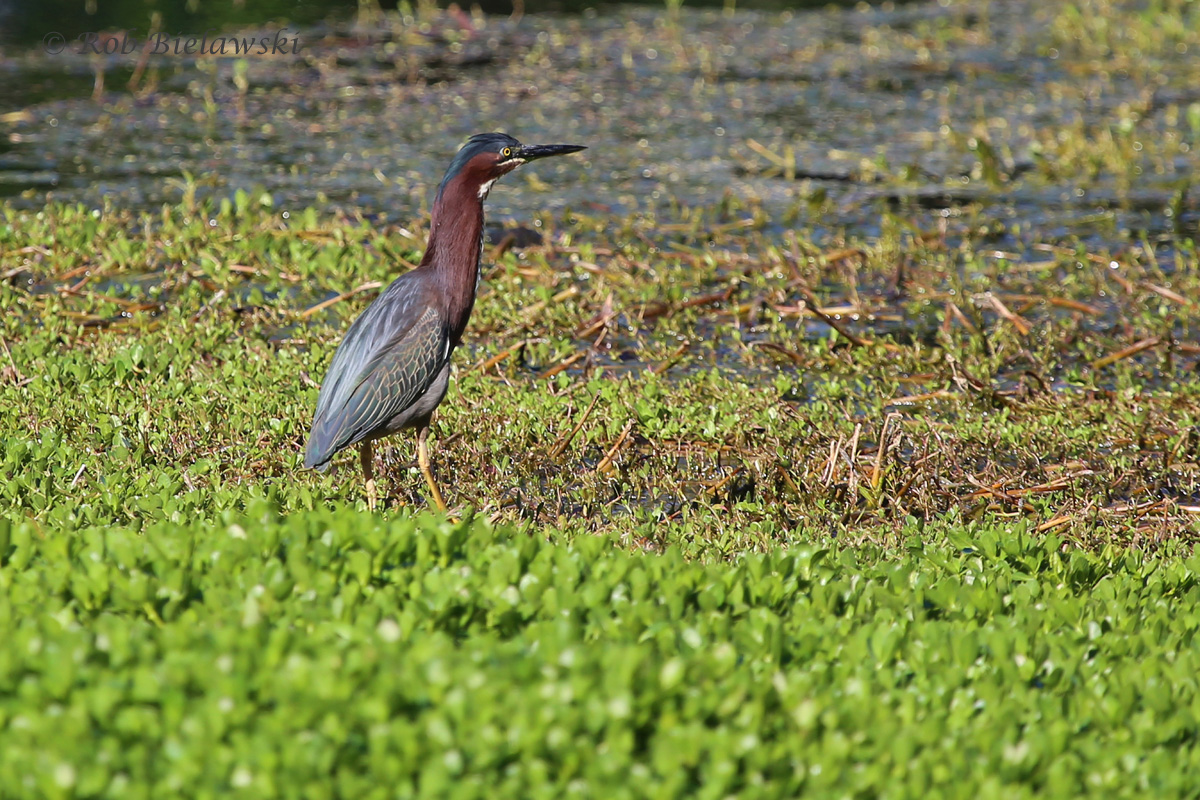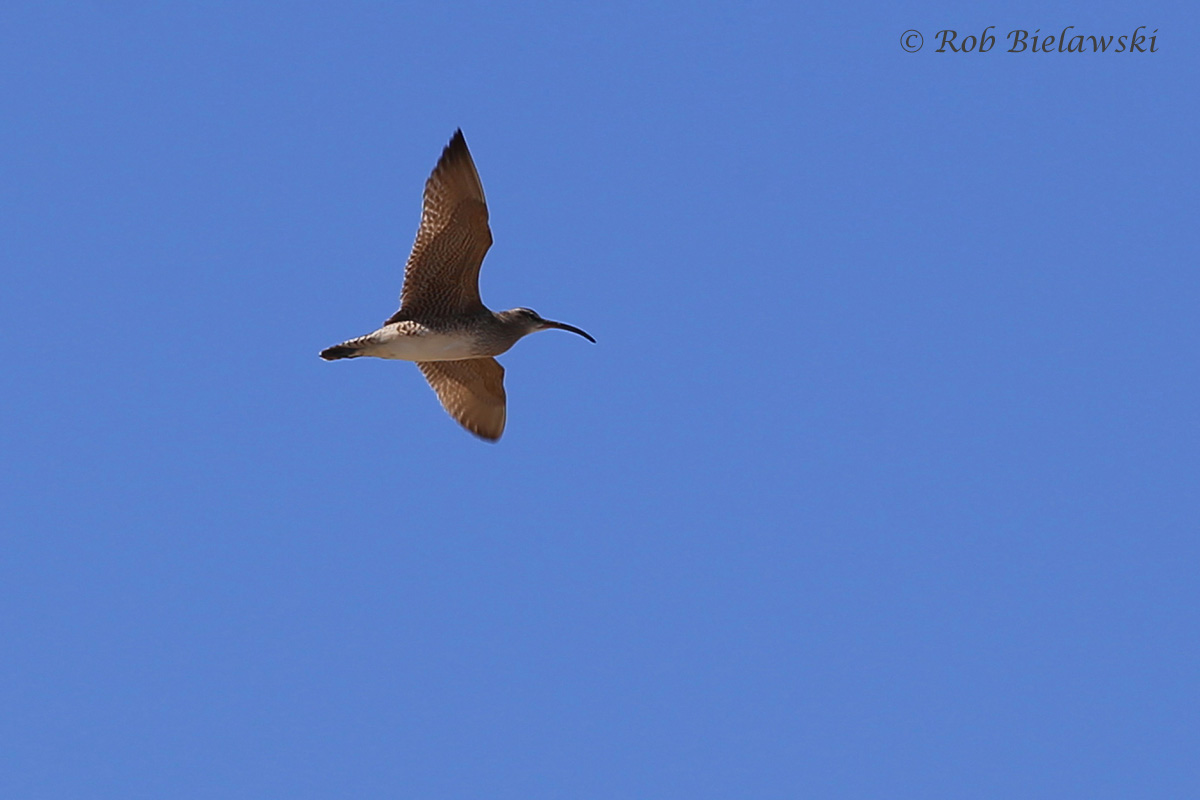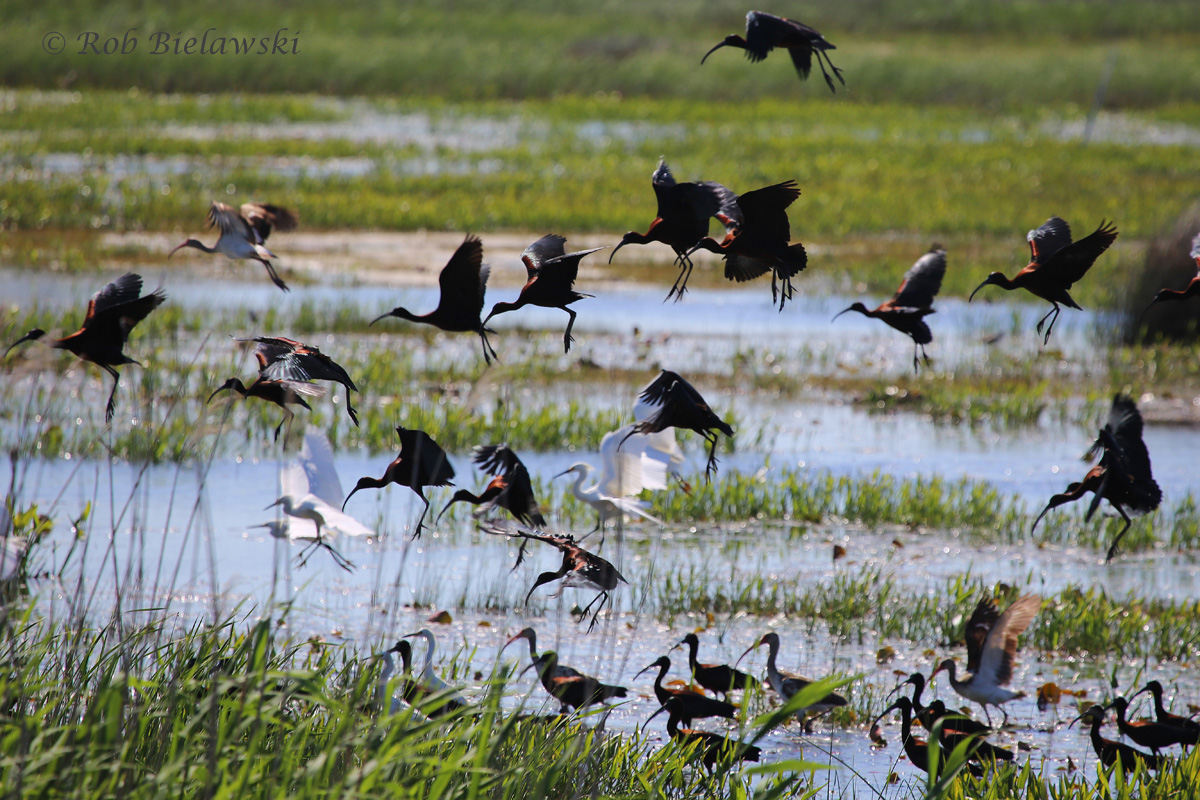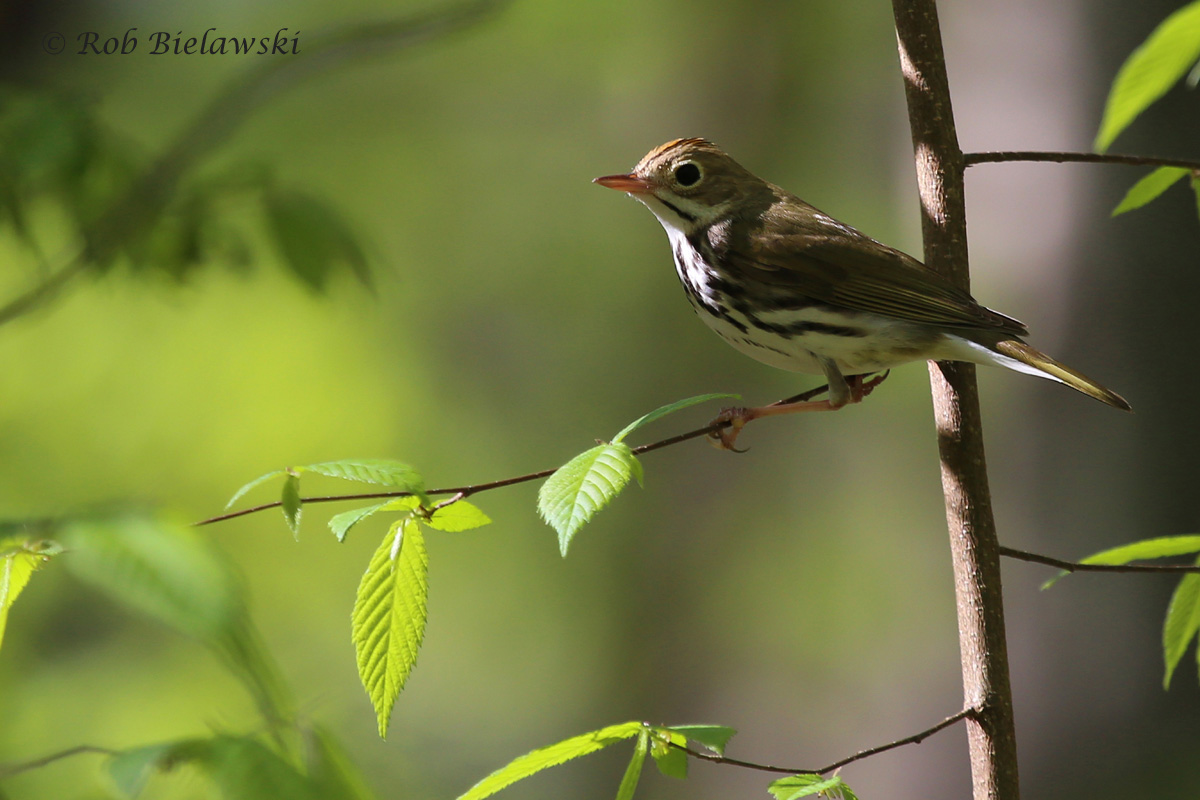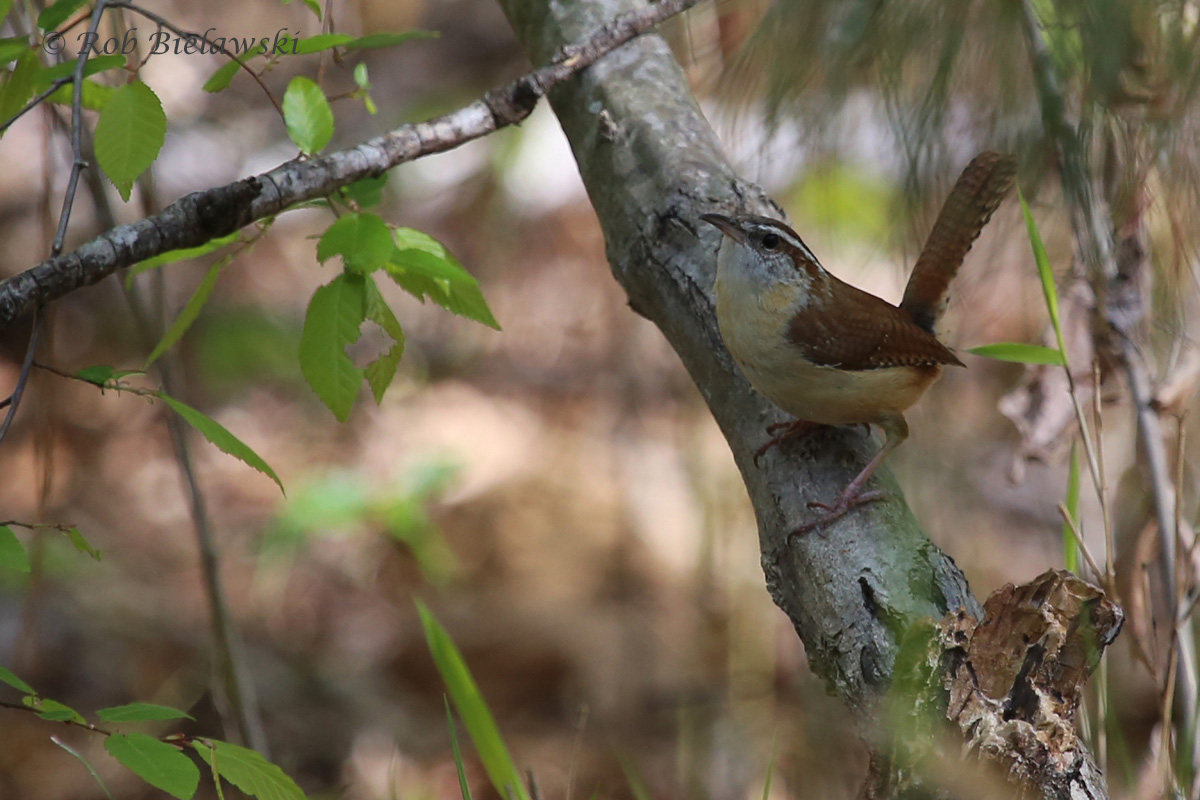Week Ending May 8, 2016
/Right from the get-go, when Karen Beatty reported a Scarlet Tanager in her neighbor’s yard within the Hampton Roads Wildlife Enthusiasts Facebook group to kick off Monday morning, we all should have known what a tremendous week of birding it was going to be in Virginia Beach. With weather conditions providing a truly ‘perfect storm’ for birders, the first week of May was one of (if not) the most active birding weeks I have ever been aware of in Virginia Beach. The number of interesting observations was simply staggering, so please keep reading for all that information below. As to the weather, temperatures tapered back down this week to an average daily high of 71.9 degrees F (a 5.8 degree drop from last week’s average); the average daytime lows also rose, to 58.6 degrees F (a 5.3 degree increase). Overall, we hit a peak high on Monday (2 May) of 90 degrees F, our hottest day so far in 2016, and a low daytime temperature of 53 degrees F, both on Thursday & Friday. We experienced precipitation every day this week except Sunday, but, this precipitation was tied to the reason we also enjoyed our best birding of the year. A total of 1.41 inches of rain fell this week, though the maximum daily amount was only 0.65 inches on Friday. This meant that it was a dreary week, but we were never truly rained out of our birding activities. The reason for all of this, was that a major cold front passed through our region, and seemed to stall over top of us from early Monday morning through late Friday evening. Faced with strong northerly winds during this timeframe, northbound songbirds opted instead of fighting the winds, to “fallout”, descending on every available forested area across Virginia Beach. The winds were so strong in fact, that the daily average was 18 mph for sustained winds, with a maximum gust of 45 mph on Monday! Thanks to this spell of unfavorable weather to the forward momentum of migrant species, birders across Virginia Beach enjoyed one of the best weeks of birding in recent memory! As mentioned, there was an incredible number of reports, with a wide range of species, and it is impossible to capture them all in this weekly report, but, here goes nothing! FIRST-OF-SEASON ARRIVALS this week included: Black-throated Green Warbler (2 May / Waterford Apartments / Andrew Baldelli); Scarlet Tanager (2 May / Glenmore Hunt Trail / Karen & Tom Beatty); Blackpoll Warbler (2 May / White House Lane / Tracy Tate); Magnolia Warbler (2 May / Back Bay NWR / James Marcum); Hooded Warbler (2 May / First Landing State Park / Karen & Tom Beatty); Rose-breasted Grosbeak (2 May / Lake Lawson & Lake Smith NA / Maggee Smith); Swainson’s Thrush (2 May / Red Wing Park / David Clark); Acadian Flycatcher (2 May / Stumpy Lake NA / Rob Bielawski); Yellow-throated Vireo (3 May / Pleasure House Point NA / Cheryl J Jacobson); Blackburnian Warbler (3 May / Back Bay NWR / Lauren Shaffer); Chestnut-sided Warbler (4 May / Back Bay NWR / Tommy Maloney); Bank Swallow (4 May / Back Bay NWR / Andrew Baldelli & Tracy Tate); Common Nighthawk (4 May / Ferry Plantation Road / Andrew Baldelli & Tracy Tate); Gray-cheeked Thrush (6 May / Lake Lawson & Lake Smith NA / Kathy Spencer); Bobolink (7 May / Back Bay NWR / Rob Bielawski); White-crowned Sparrow (7 May / Davenport Lane / Tommy Maloney), though this last one would be considered more a first-of-year (FOY) bird than a FOS encounter since this species winters around the area but probably just went unnoticed until this individual showed up during their northward movement. Lastly, a female Bay-breasted Warbler (8 May / Back Bay NWR / Christine & Scott Peters) was well documented to close out the week!
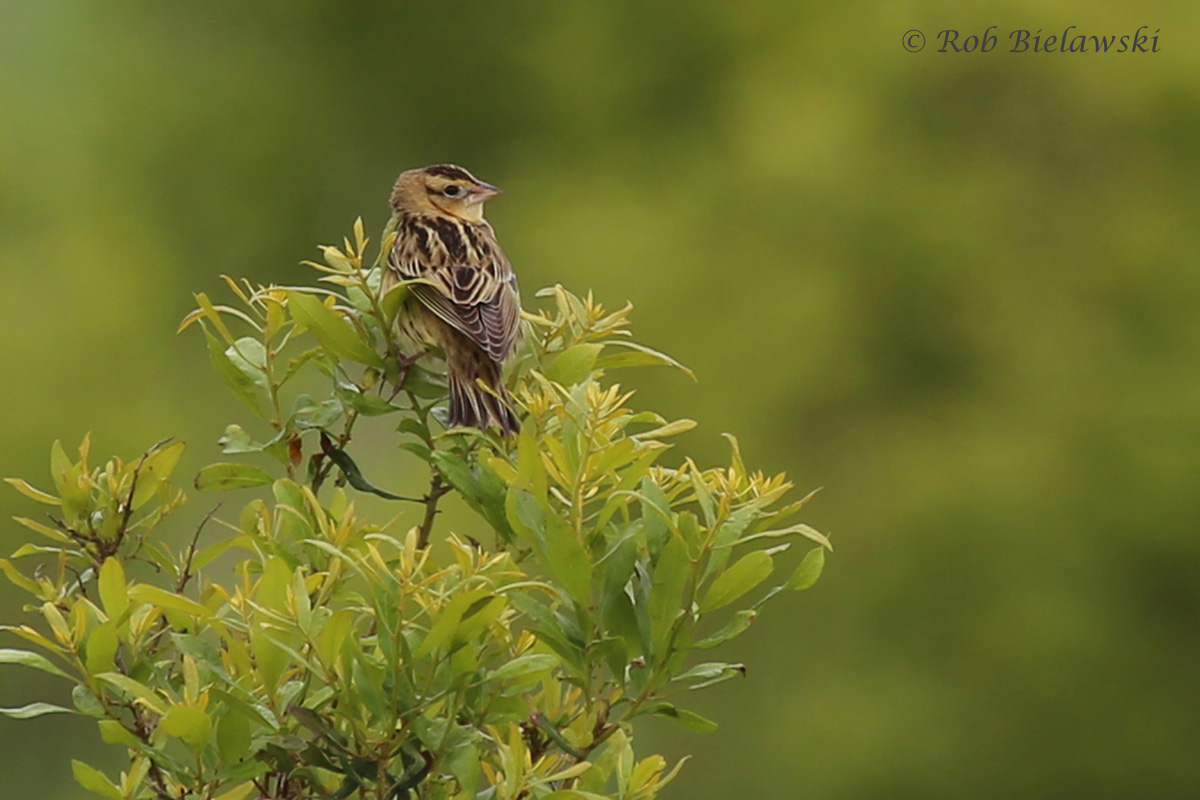
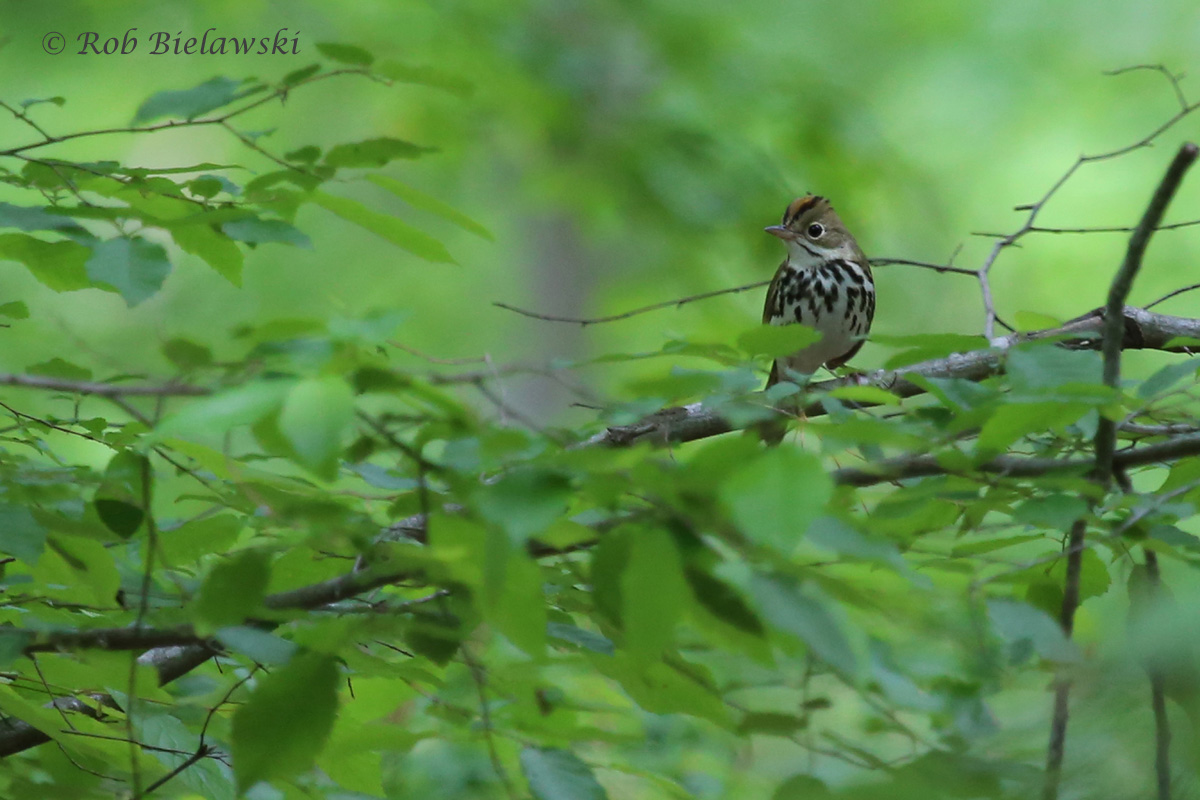
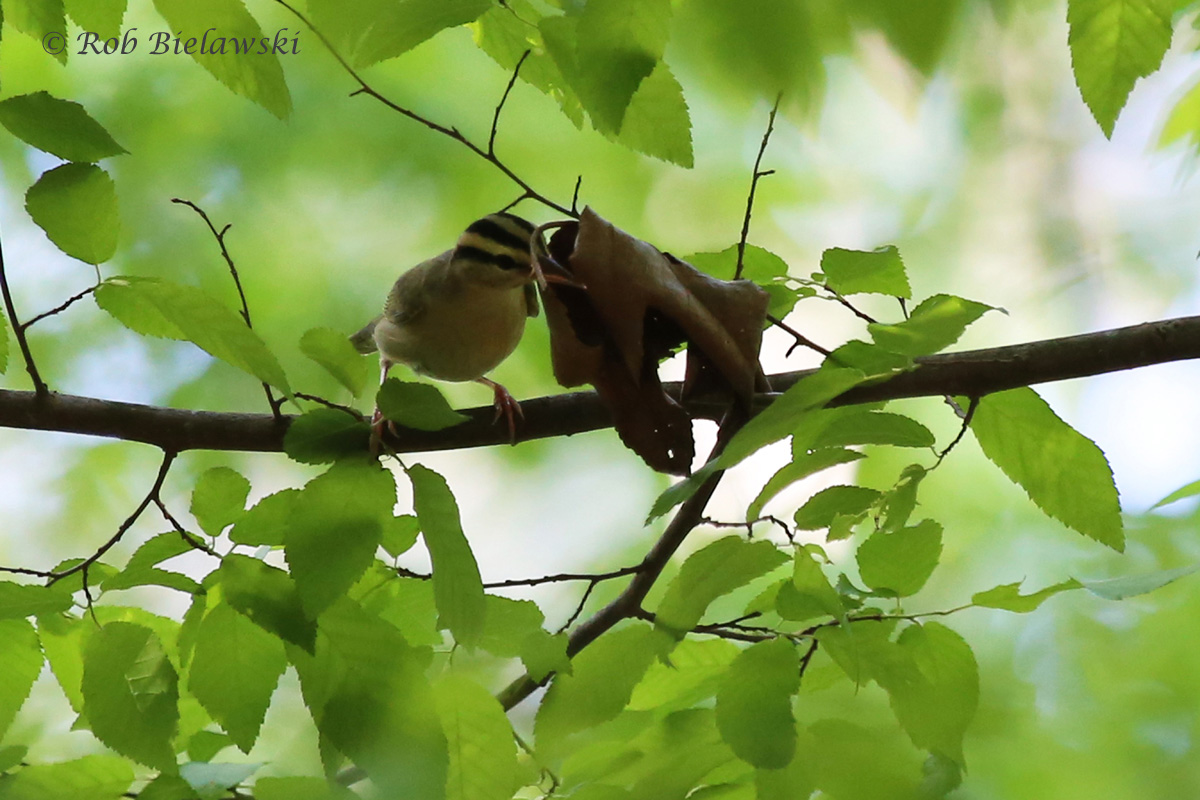

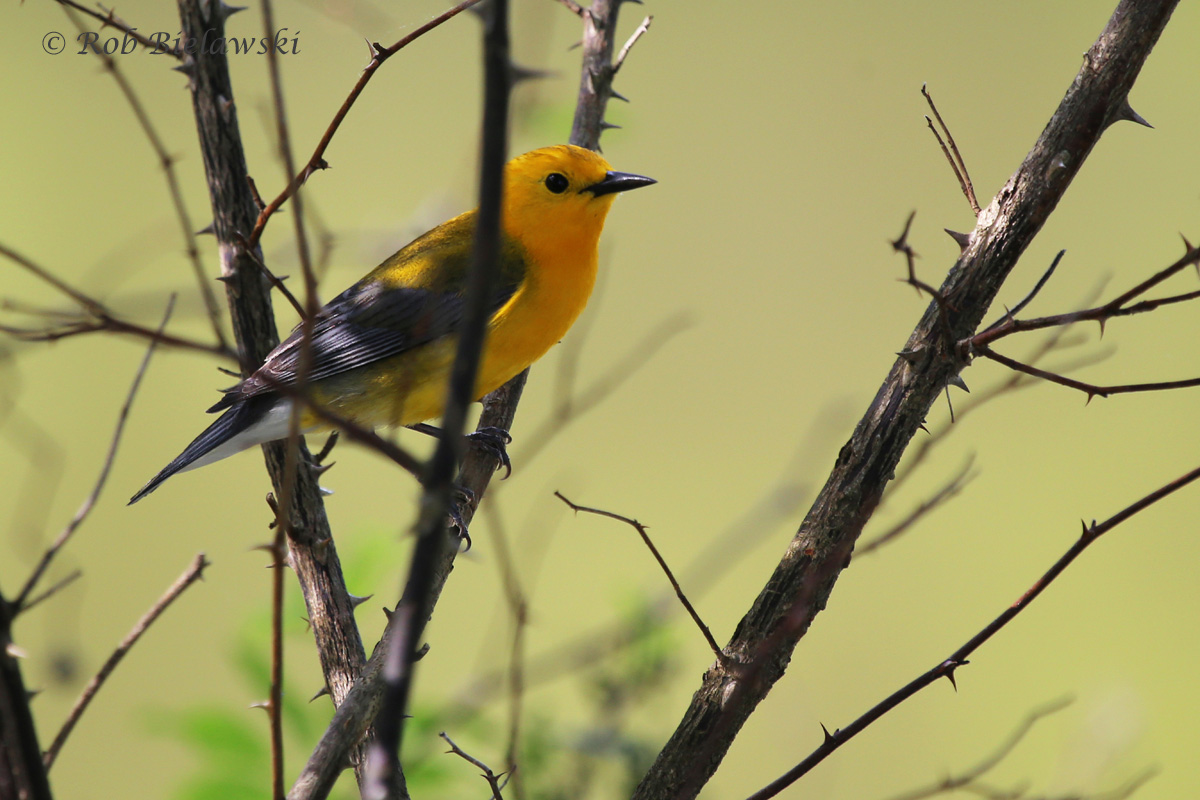

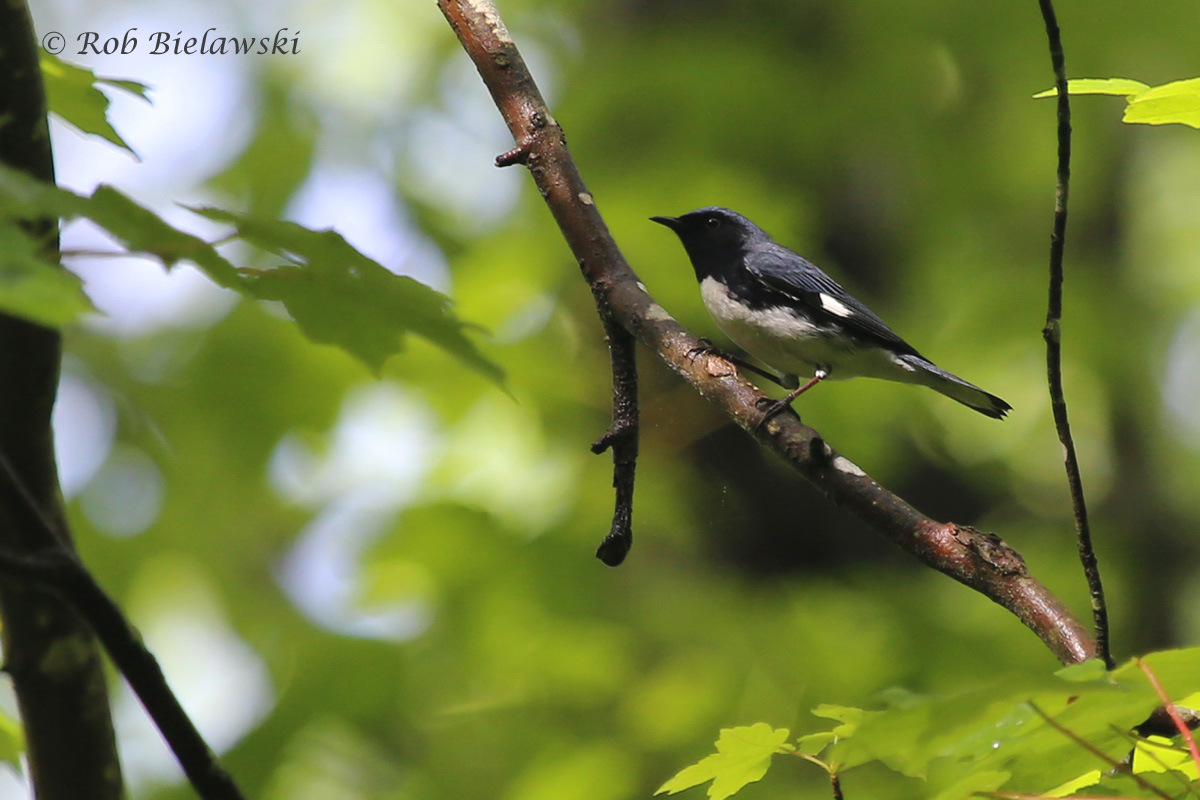
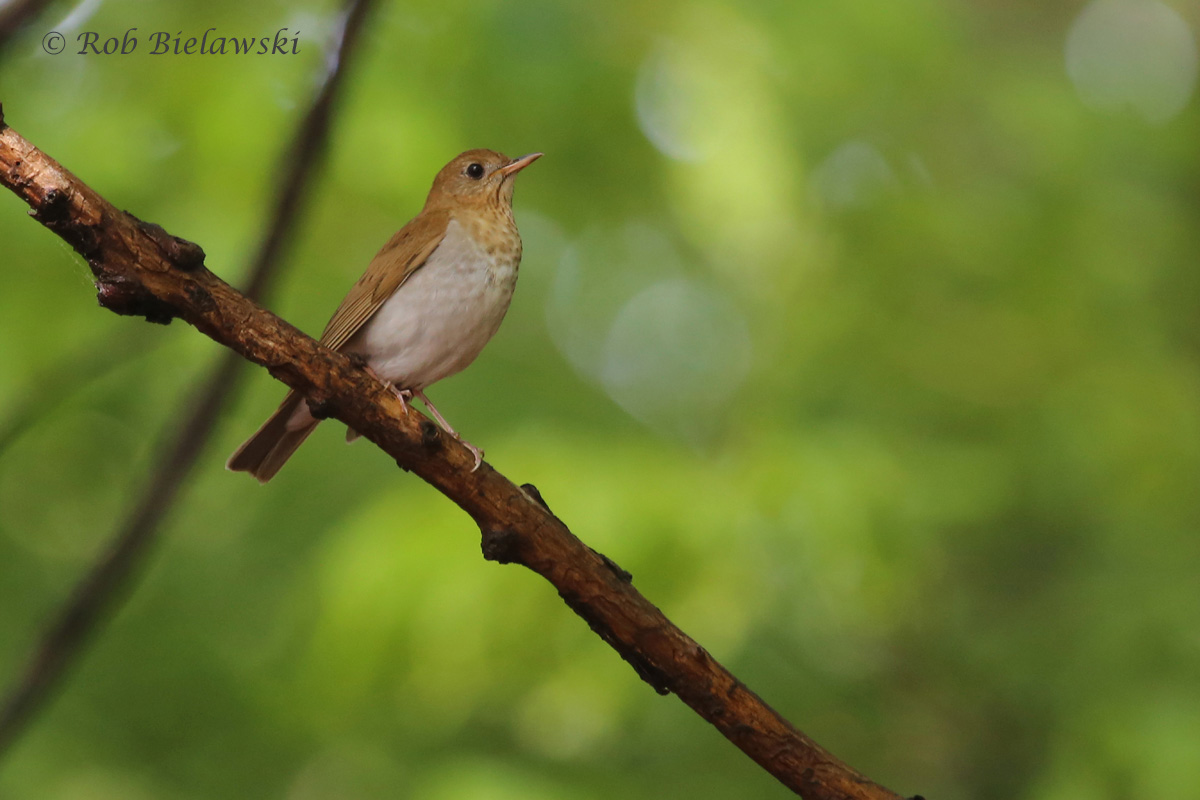
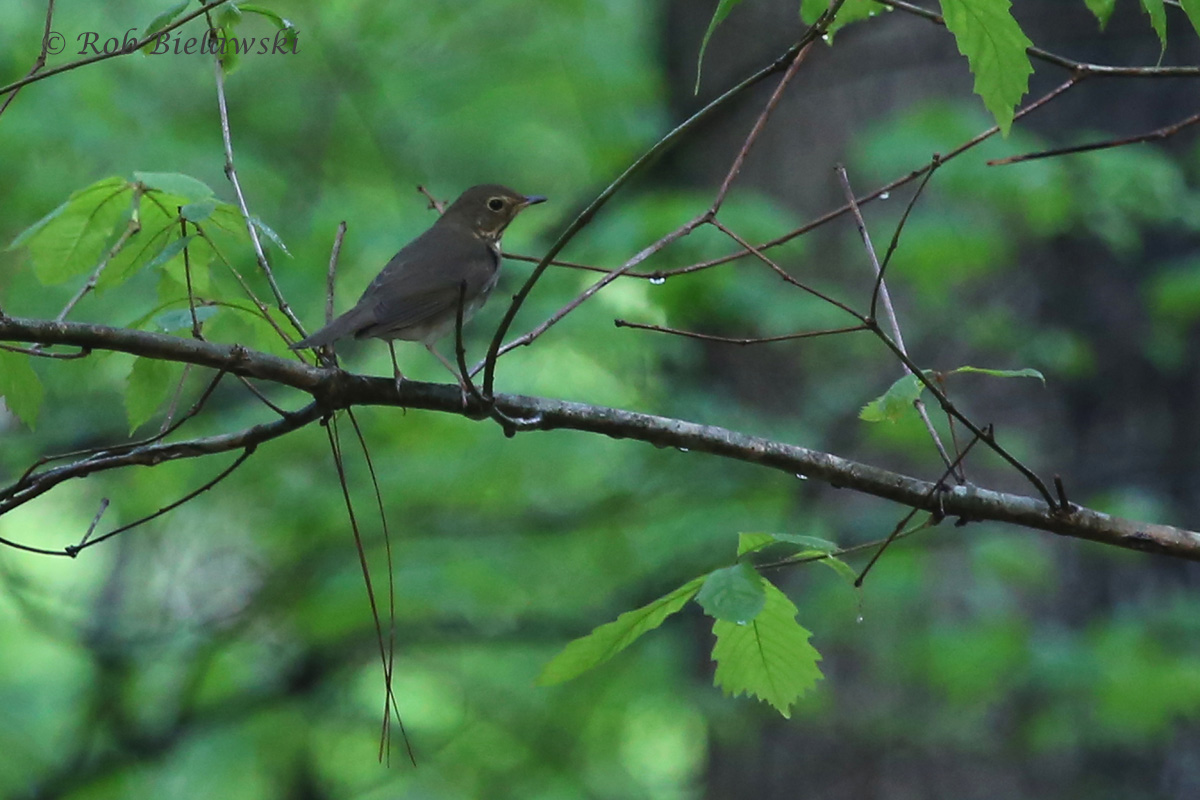
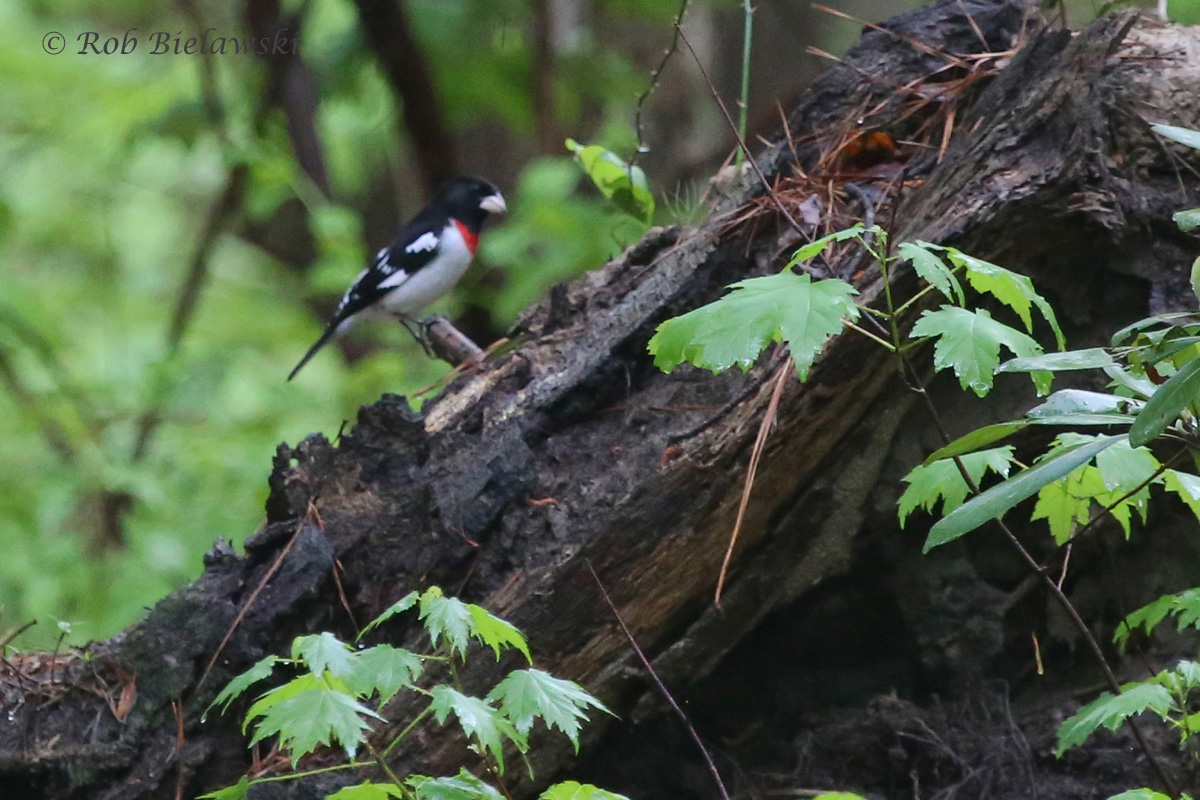
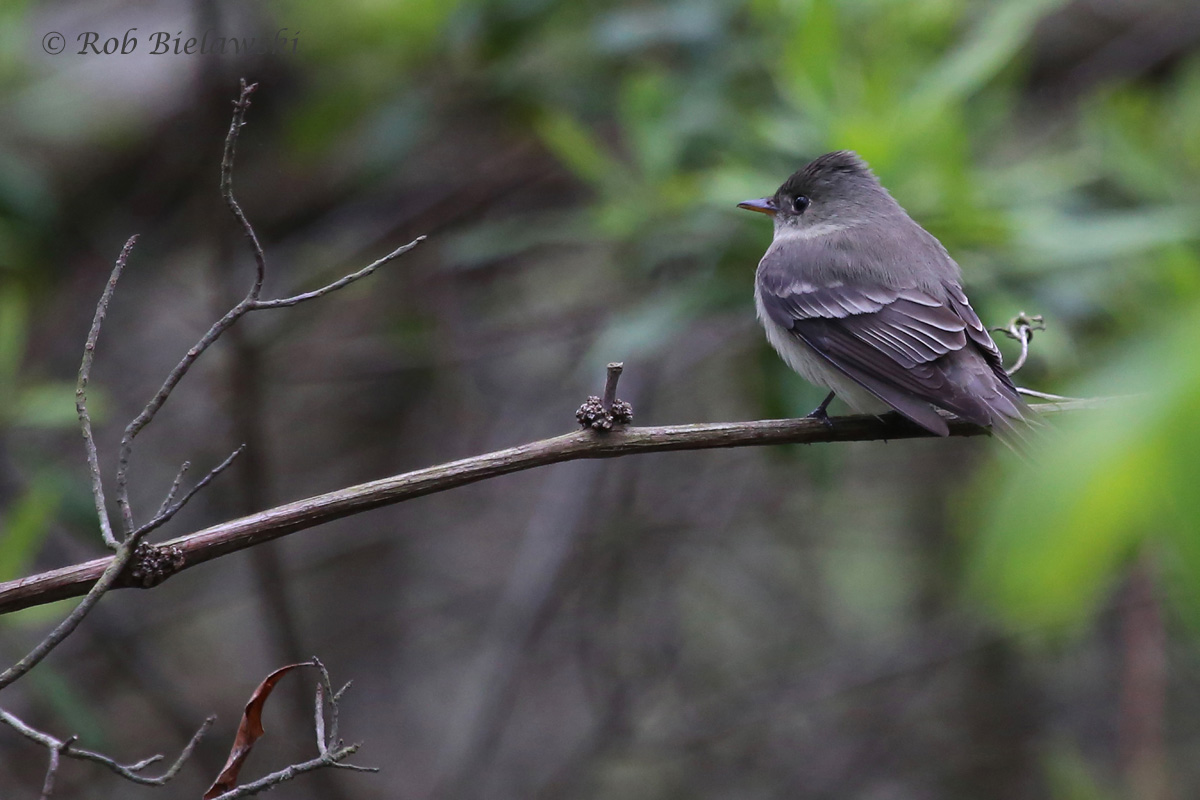
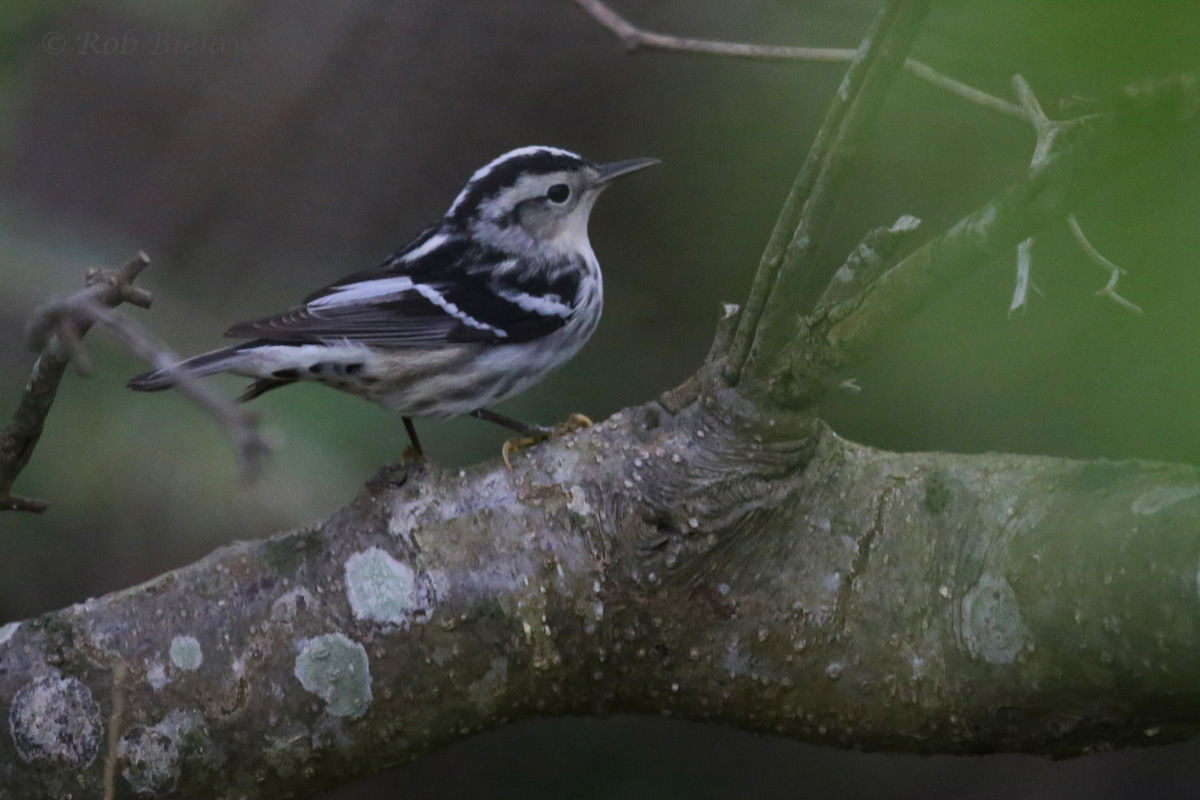
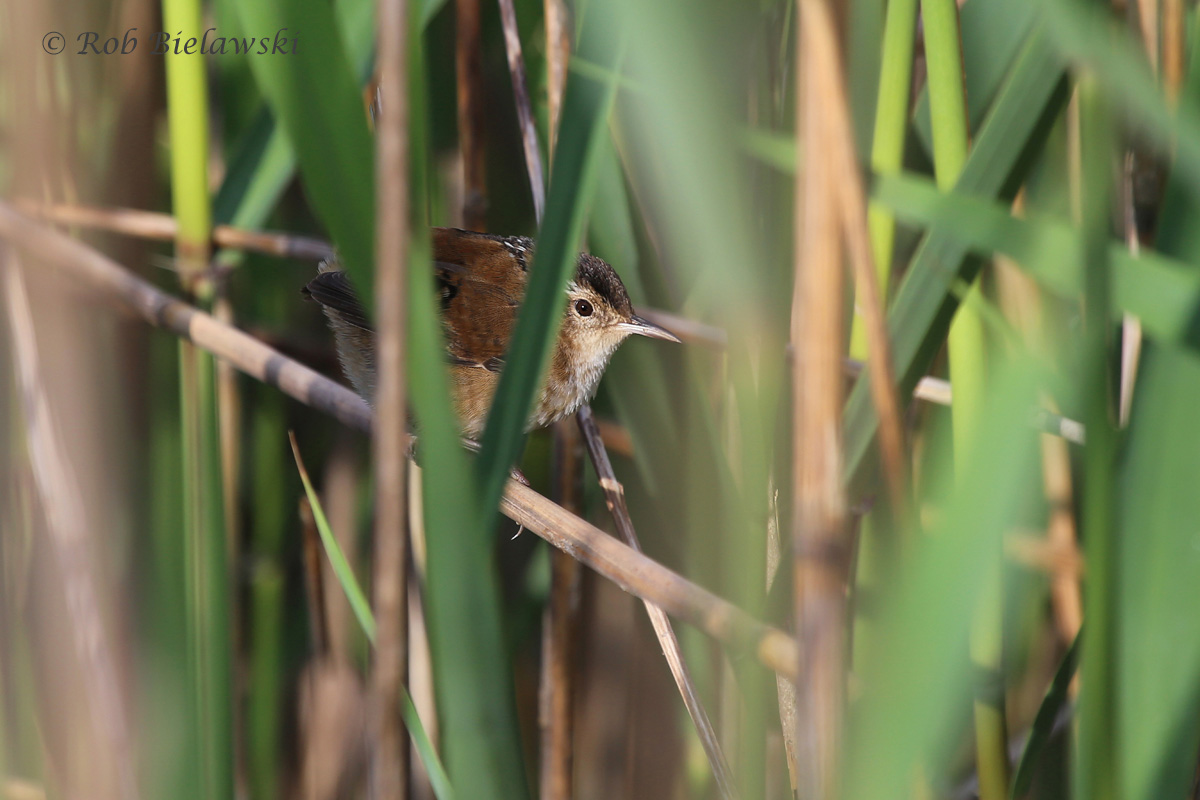
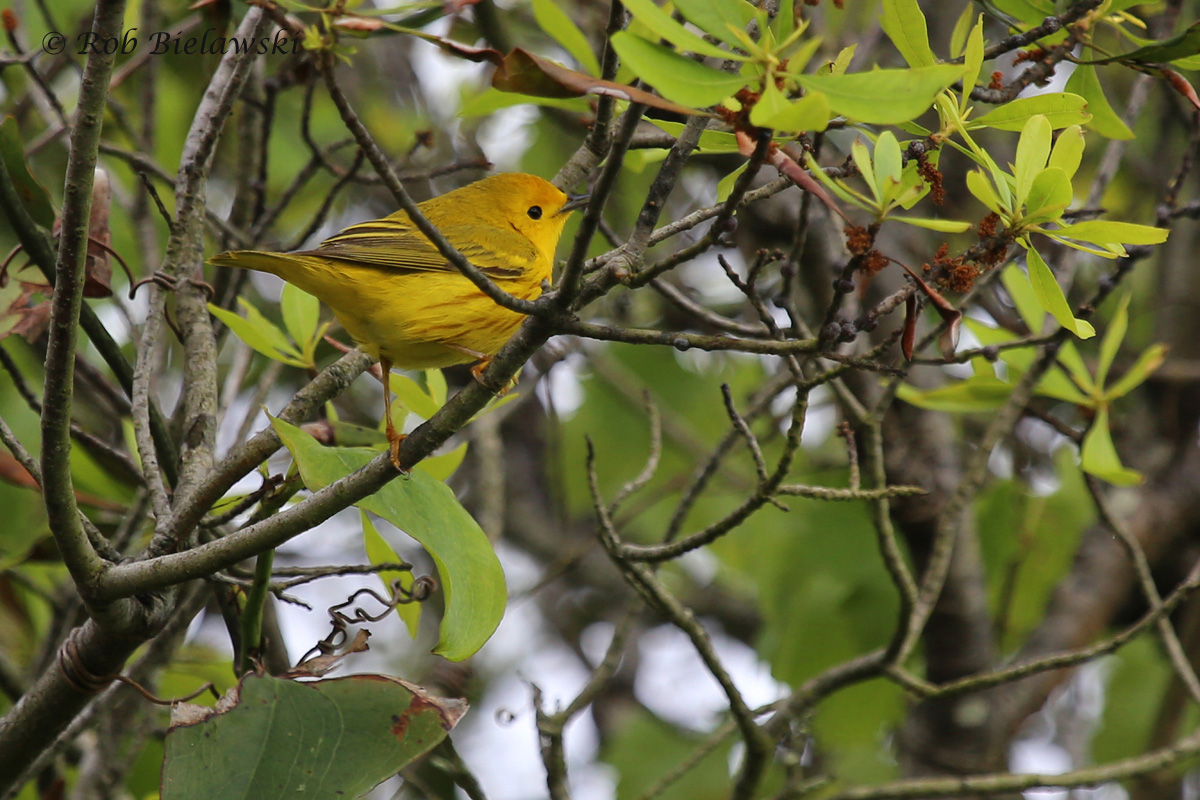


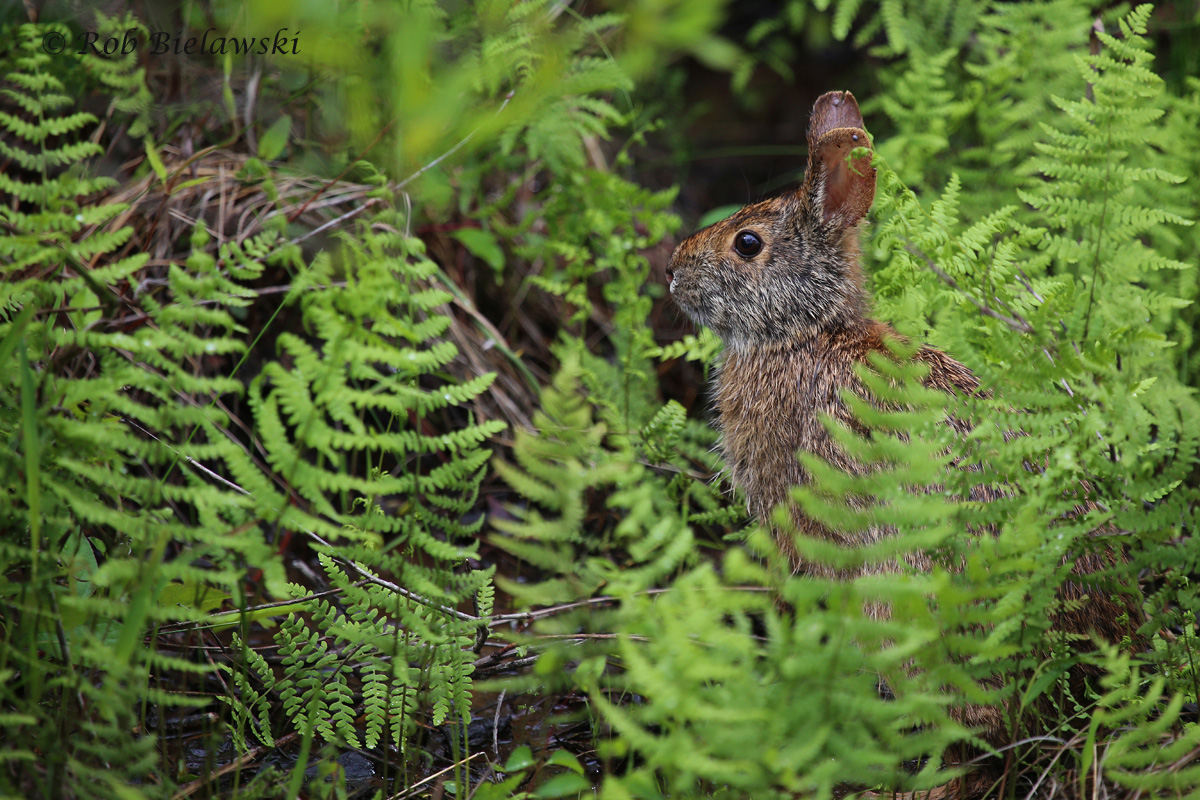
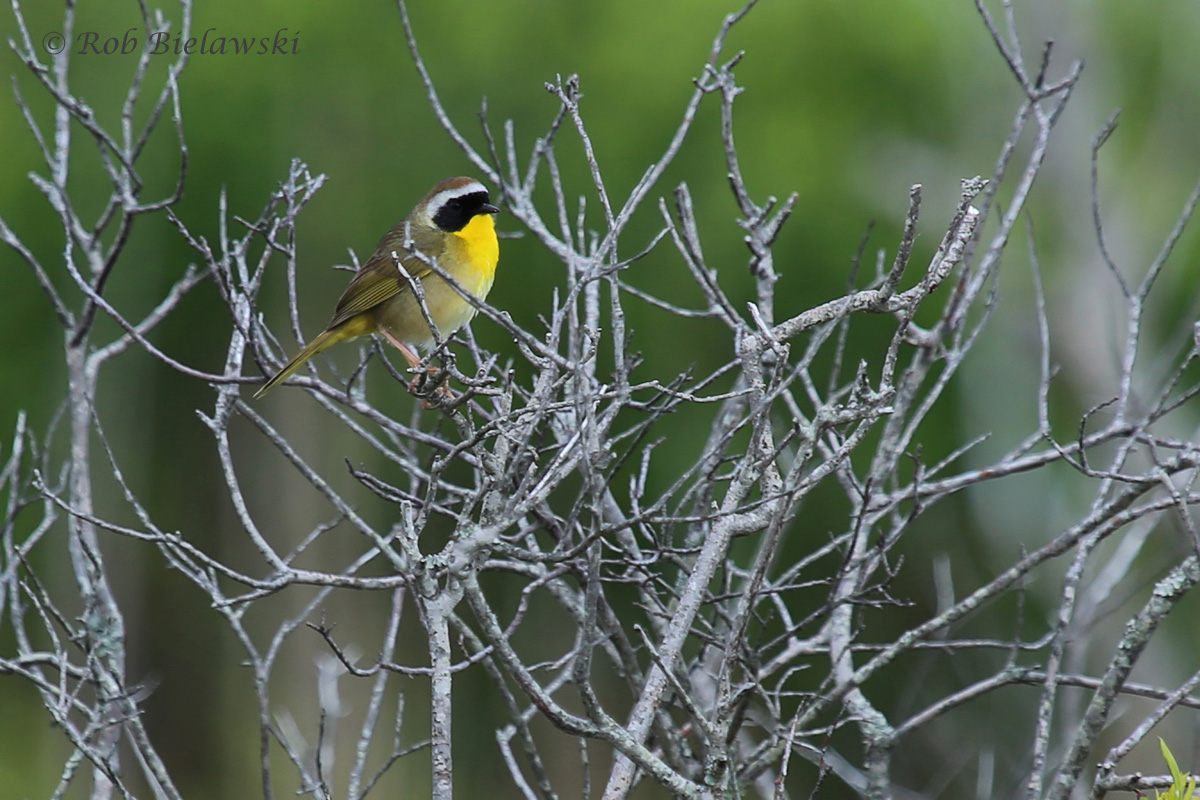
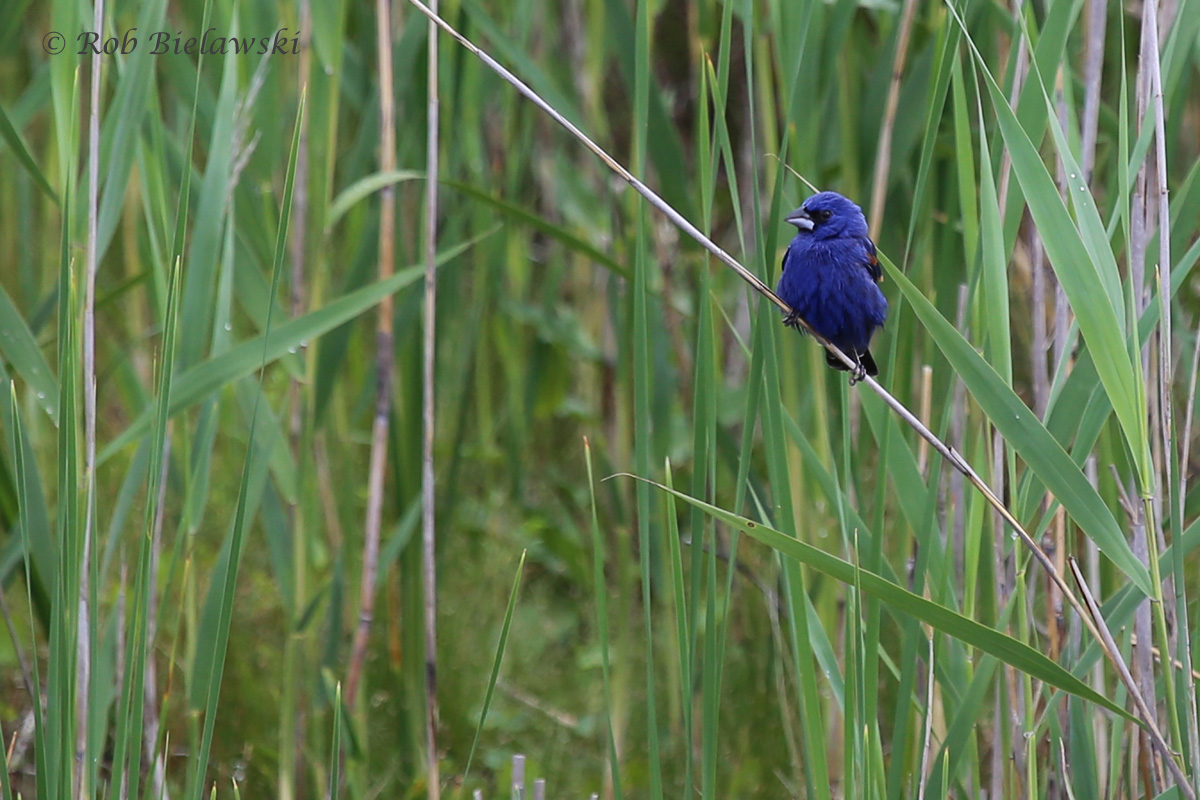

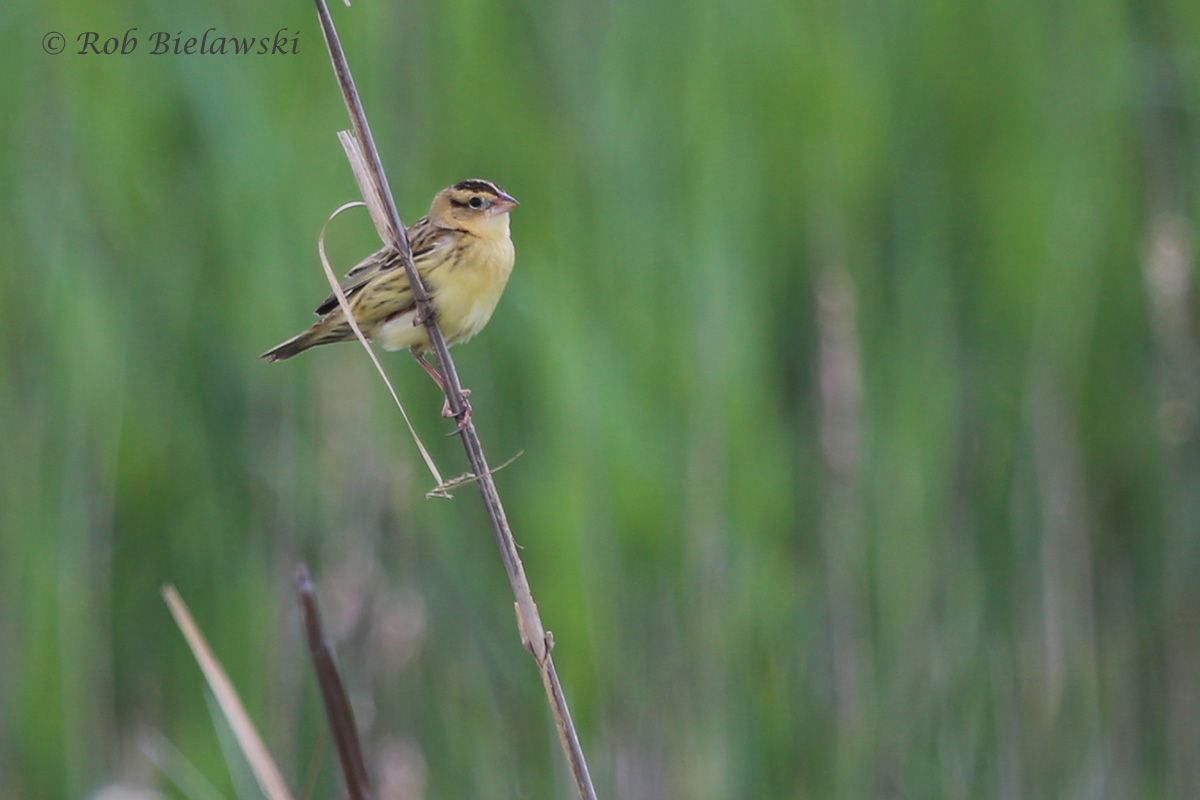
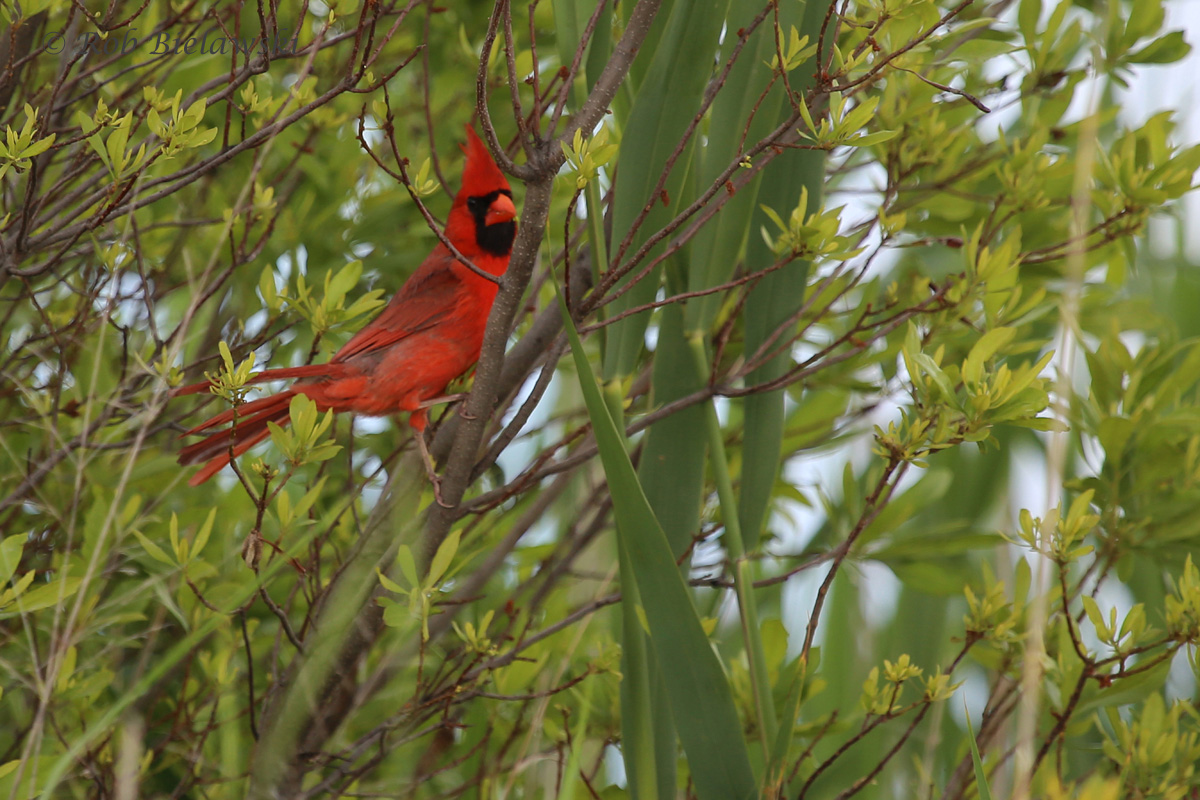
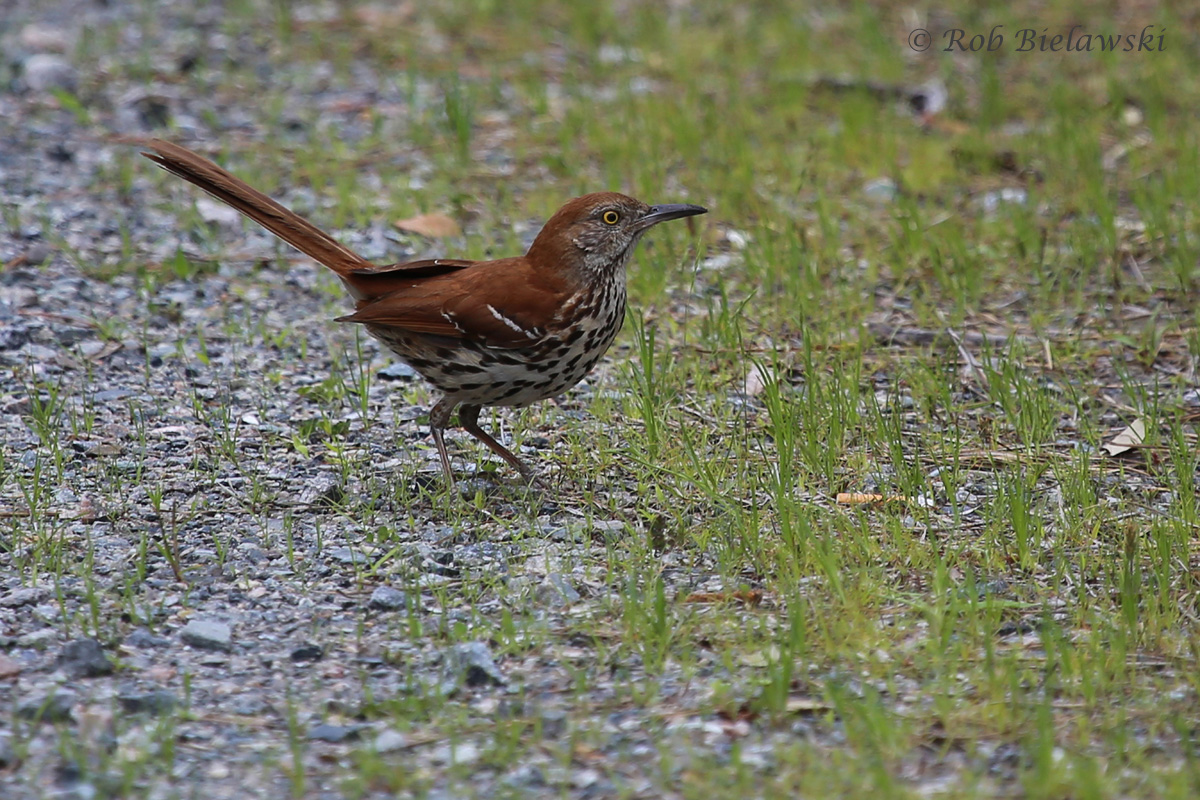
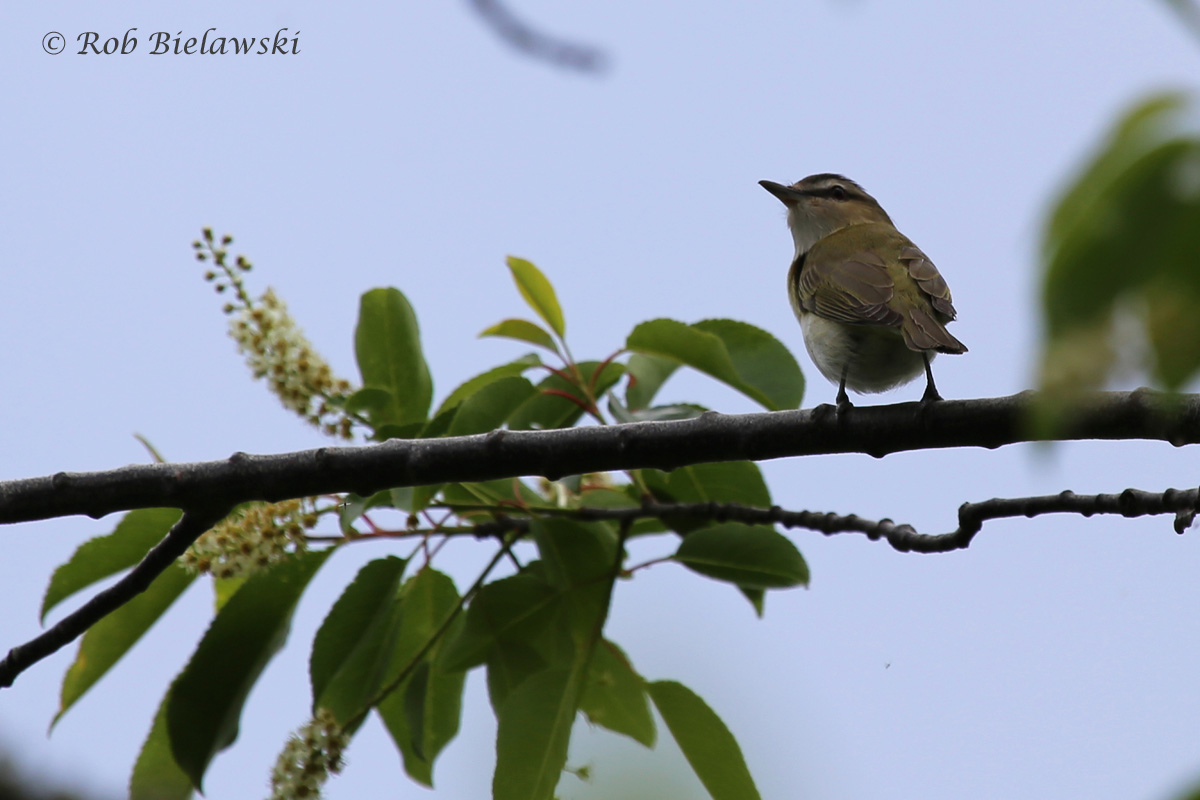

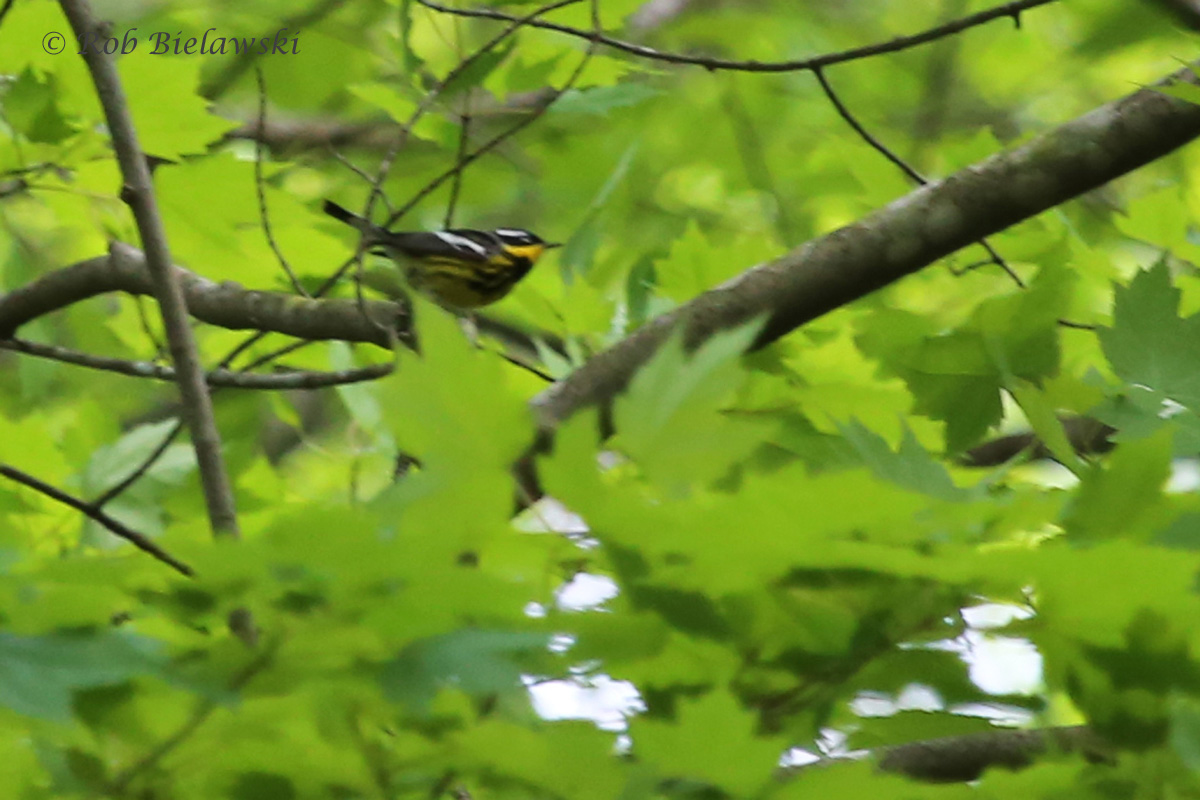


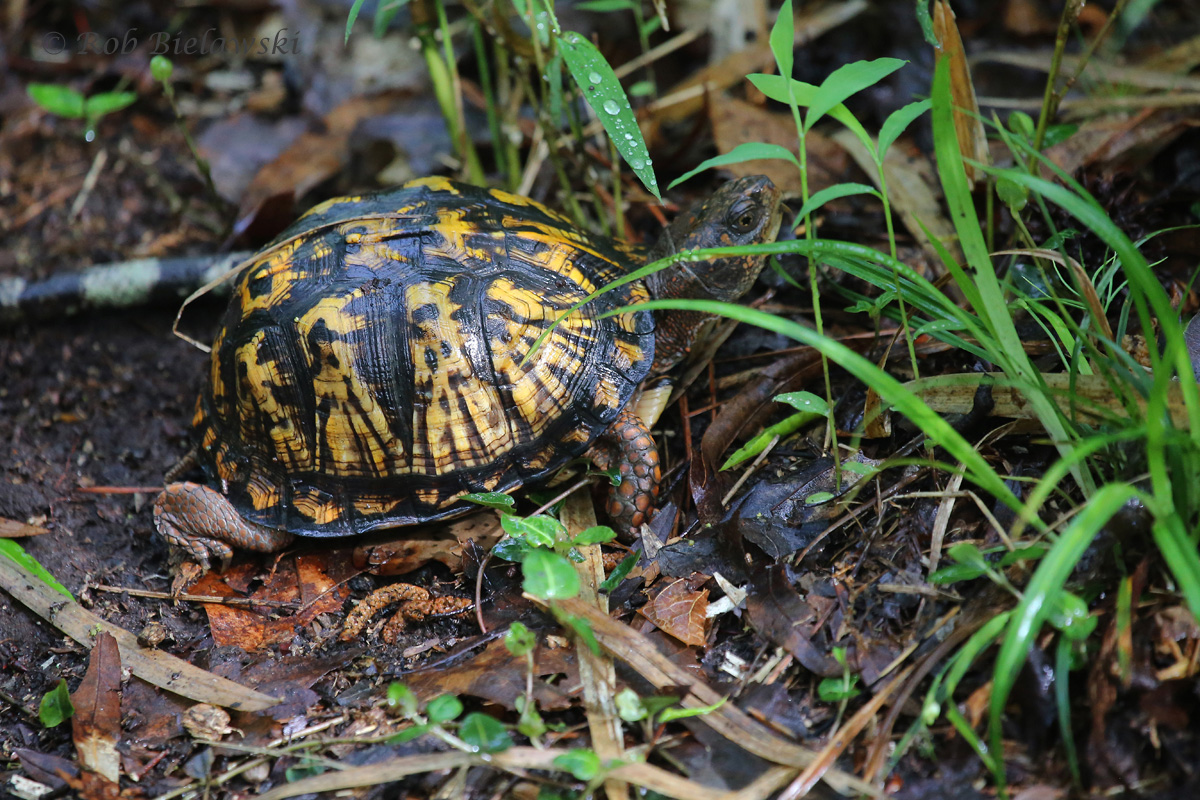
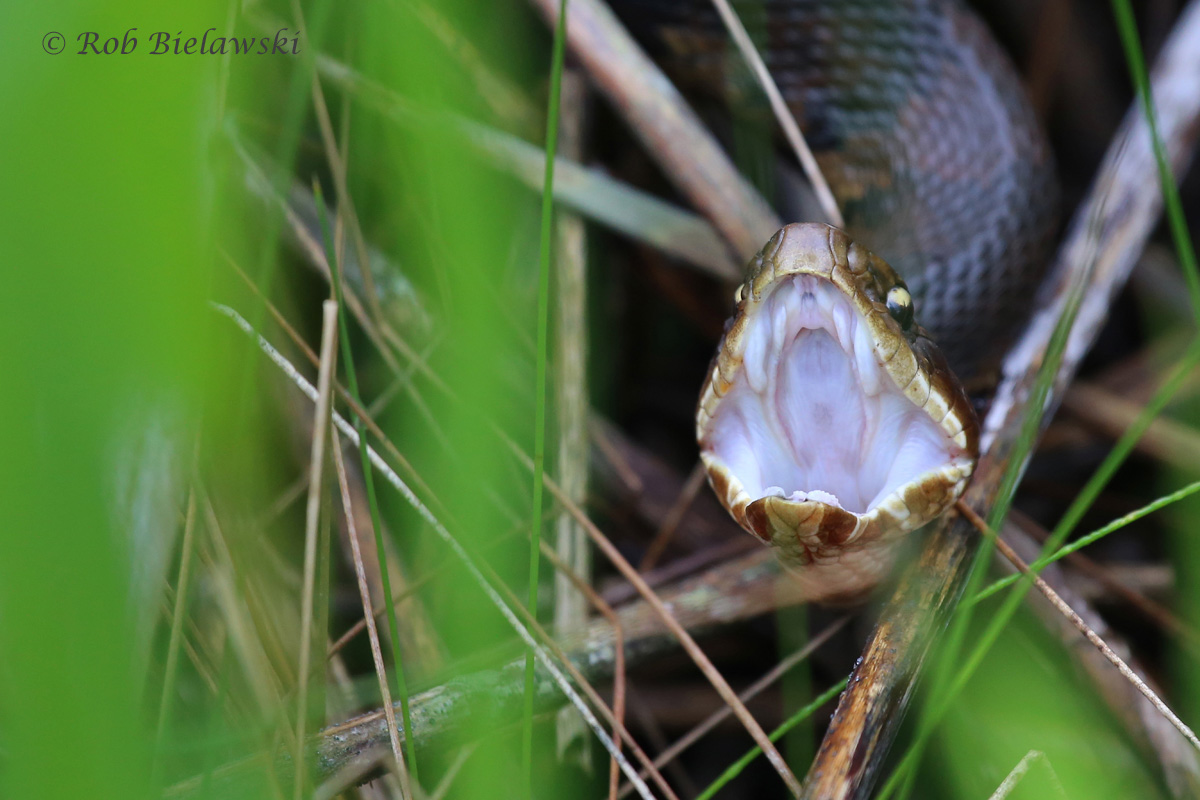


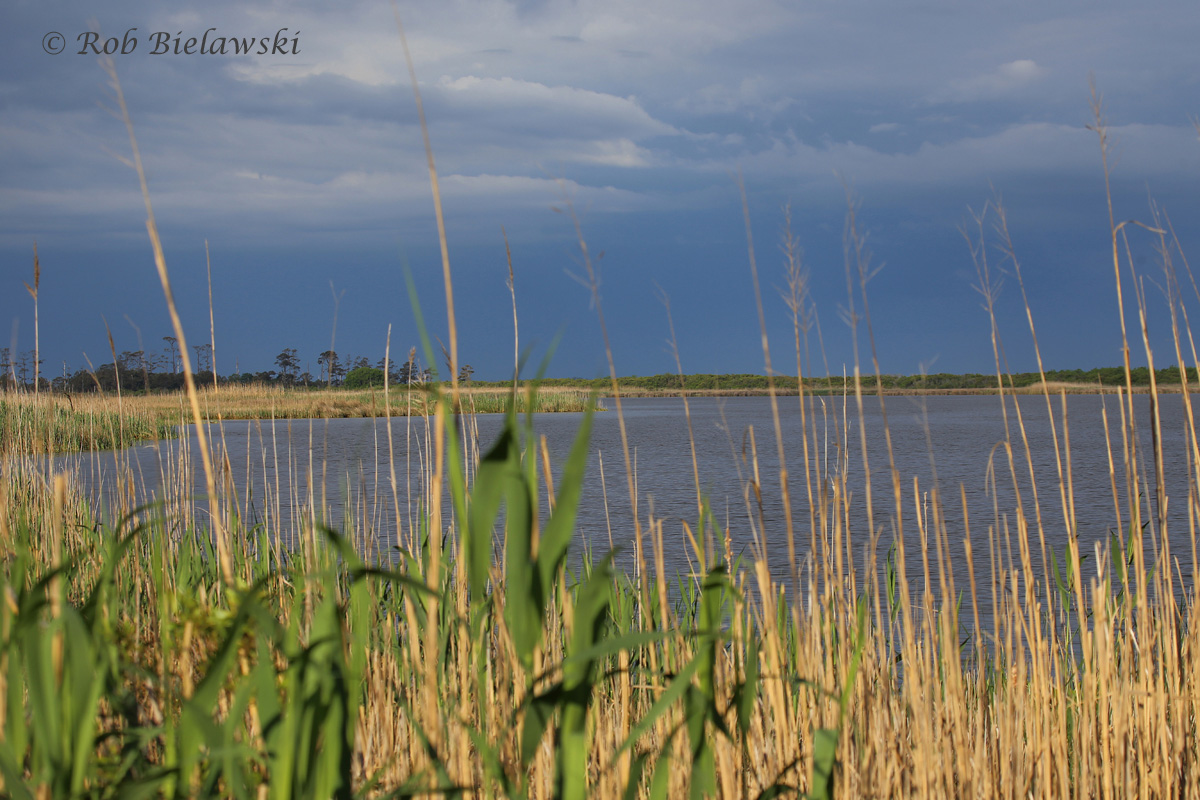
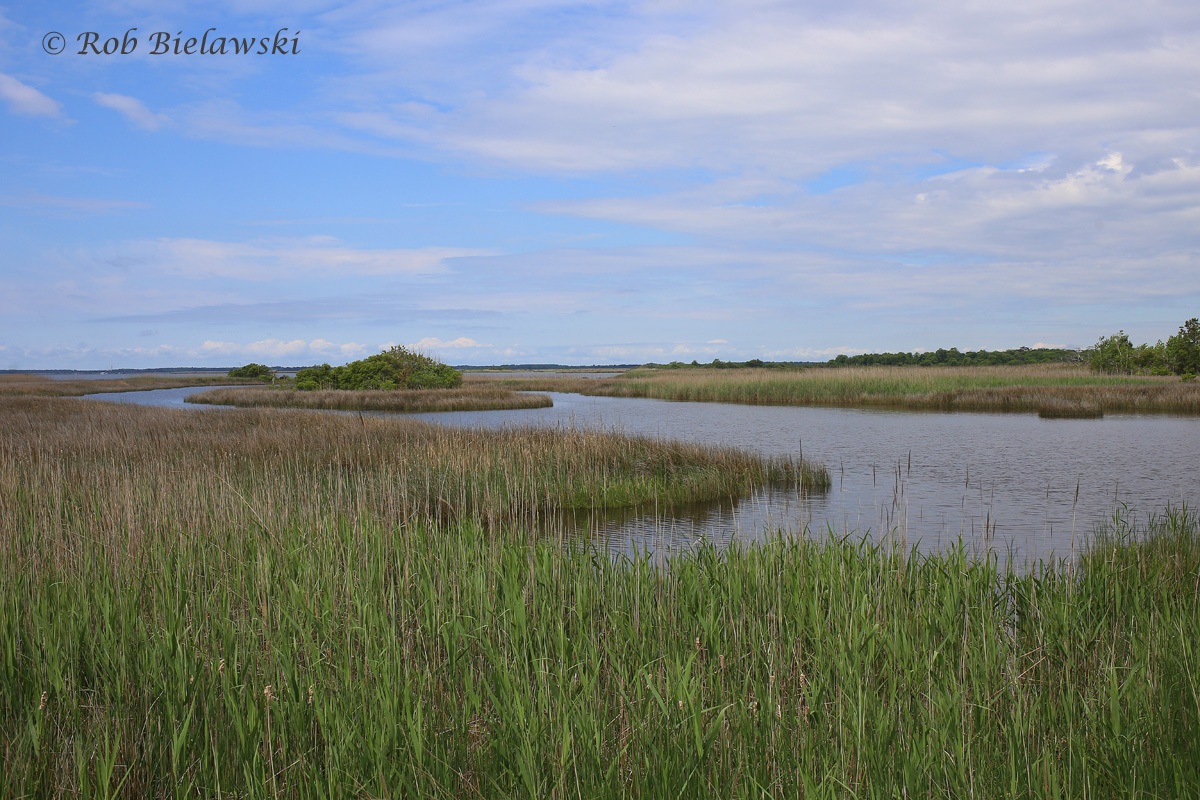
May is the peak of migration along the East Coast, and so while the above is staggering, it shouldn’t come as a huge surprise that we added so many great birds to the yearly Virginia Beach list this week. While transient species (those that do not winter or summer here, and pass through in spring & fall between wintering & breeding grounds) were the starts of the show this week, there was also a report of something unusual. RARITIES this week included a report of a Black-chinned Hummingbird that was submitted late on Sunday evening. If this report makes it through the eBird review process it will be added to the Noteworthy Observations listing on this website (more on this one next week though when its fate is determined). While there was no EARLY ARRIVALS this week, we did have a few LATE OCCURRENCES noted including: Greater Scaup (5 May / Back Bay NWR / Robert Ake); Hermit Thrush (6 May / White House Lane / Tracy Tate & 8 May / Red Wing Park / Rob Bielawski); Nelson’s Sparrow (7 May / Pleasure House Point NA / James Marcum), and Western Sandpiper (8 May / Princess Anne WMA / Andrew Baldelli). In addition to all the above reports, some great WEEKLY RELEVANT SPECIES DOCUMENTED BY MEDIA were submitted to eBird this week, including: Monday (2 May) - Scarlet Tanager (Back Bay NWR / James Marcum), (Stumpy Lake NA / Jonathan Snyder); Black-throated Green Warbler (Back Bay NWR / Bob McAlpine); Veery, Worm-eating Warbler & Scarlet Tanager (Stumpy Lake NA / Rob Bielawski). Tuesday (3 May) – Veery, Swainson’s Thrush, Black-throated Blue Warbler & Rose-breasted Grosbeak (Red Wing Park / Rob Bielawski); Wednesday (4 May) – Baltimore Oriole (Back Bay NWR / Karen & Tom Beatty); Rose-breasted Grosbeak (Prince Phillip Drive / Ron Furnish & Marie Mullins); Rose-breasted Grosbeak (Glenmore Hunt Trail / Karen & Tom Beatty); Yellow-throated Vireo, Veery, Black-and-white Warbler, Magnolia Warbler & Blackpoll Warbler (Back Bay NWR / Rob Bielawski & Jason Schatti). Friday (6 May) – Veery (Back Bay NWR / Bob McAlpine). Saturday (7 May) – Yellow Warbler, Blackpoll Warbler, Black-throated Blue Warbler (Back Bay NWR / Rob Bielawski); American Redstart & Black-and-white Warbler (Dam Neck Naval Annex / Karen & Tom Beatty); Gull-billed Tern (Pleasure House Point NA / Rob Bielawski); Sunday (8 May) – Black-and-white & Black-throated Blue Warbler (Lake Lawson & Lake Smith NA / Rob Bielawski); Stilt, White-rumped & Pectoral Sandpipers (Princess Anne WMA / Andrew Baldellli); Magnolia Warbler (Red Wing Park / Rob Bielawski) and lastly, an audio of a Chuck-will’s-widow (Camp Pendleton / Karen & Tom Beatty). Outside of Virginia Beach, but still local to us here and worth mentioning, there was a Canada Warbler & a Black-billed Cuckoo observed and photographed (8 May / Norfolk Botanical Gardens / Jane Norris). Neither species is annually observed in Virginia Beach unfortunately, though they certainly pass through & just go undetected. Please note that the above “weekly relevant species” will focus on species that are transients during the months of March, April & May. There were certainly other photographs submitted to eBird this week, but if they were of species that spend the whole summer here, or species that are permanent residents, they were not listed. Summering birds (like Blue Grosbeak for example) will again take precedence during June & July when transients will have completed their sweep of Virginia Beach. If you have documentation on a relevant species, make sure to get it input to eBird before Monday morning if you’d like to see it listed here! If you have further questions, or wish to learn more about why & how this blog is set up, please visit the Blog Explanation page which can be found by hovering over the “Blog” header just below the top cover photo of the website.
